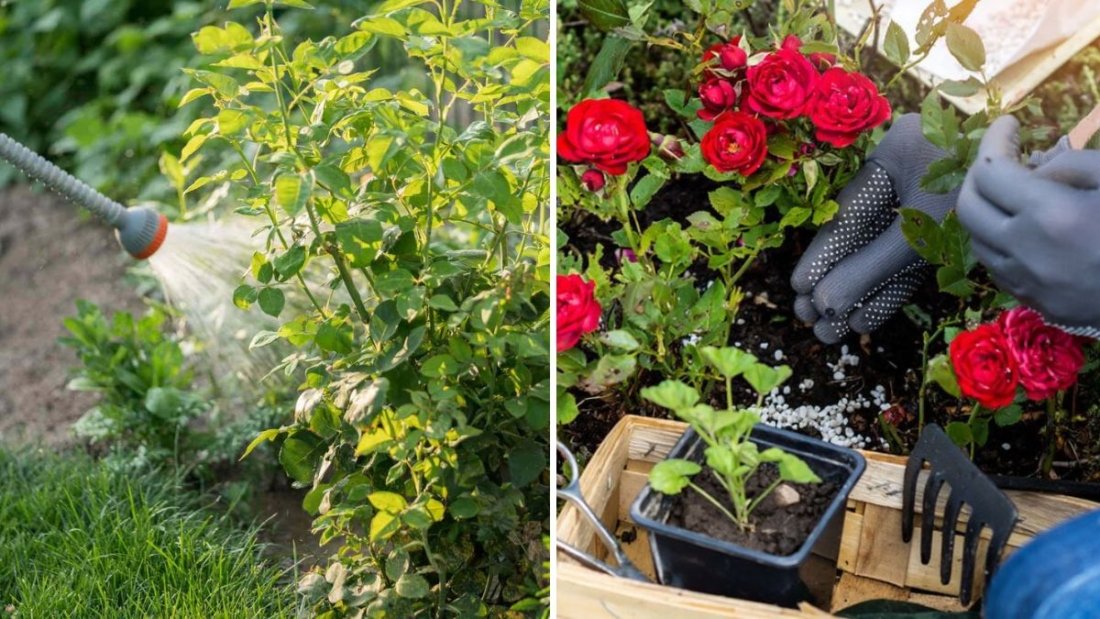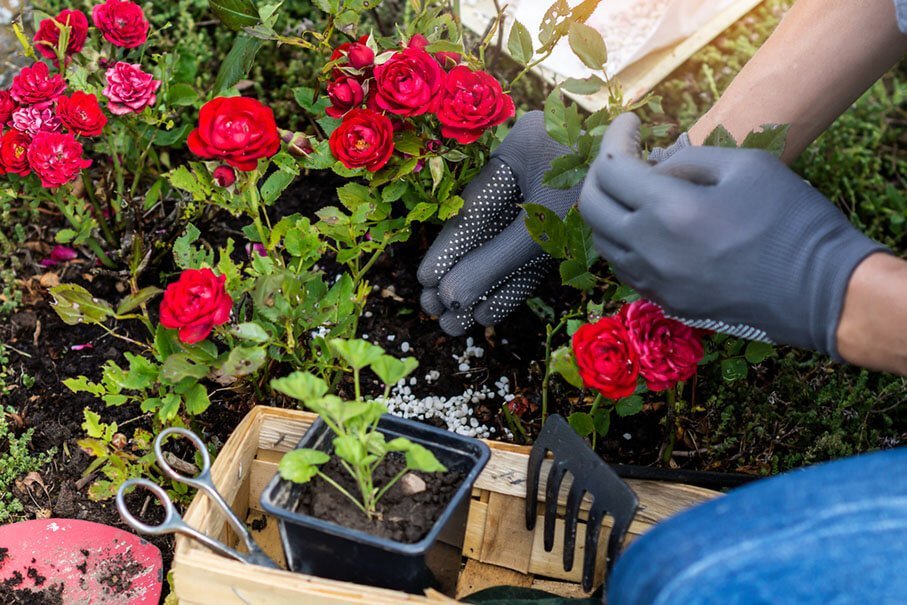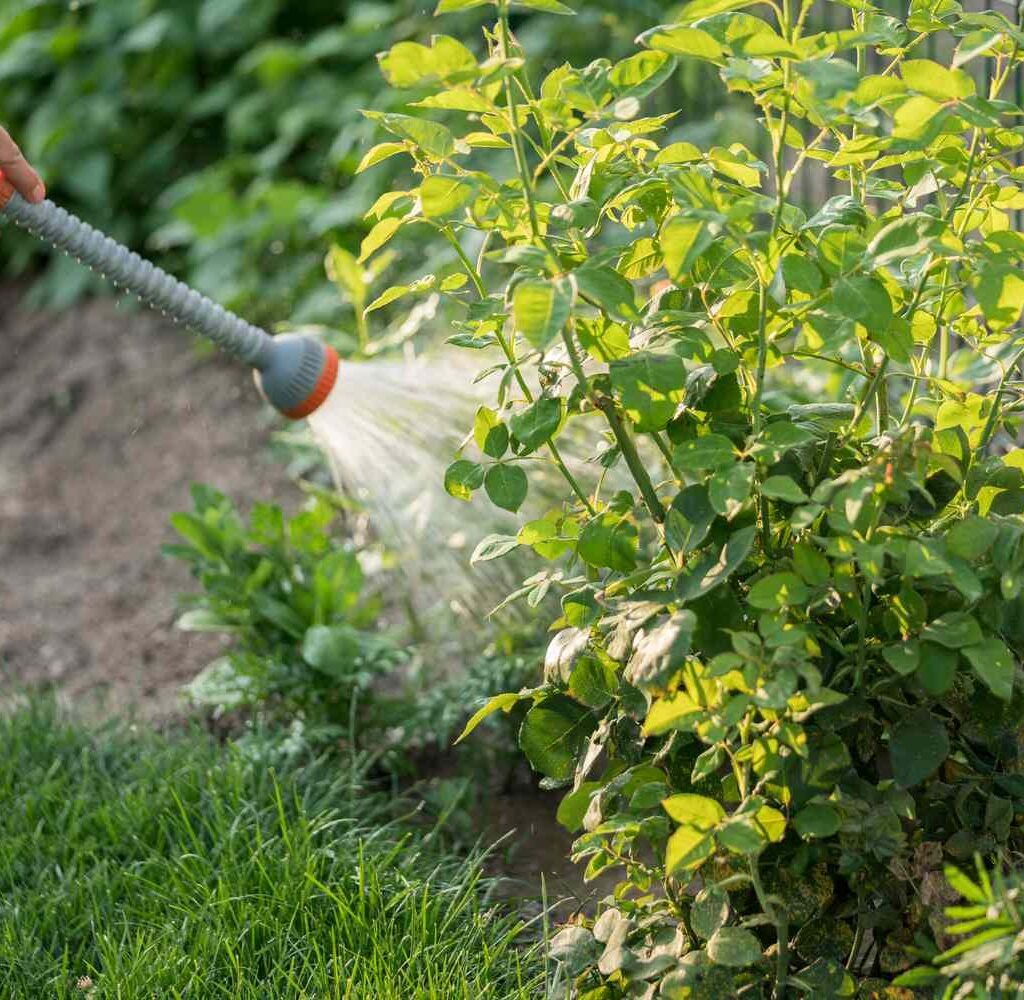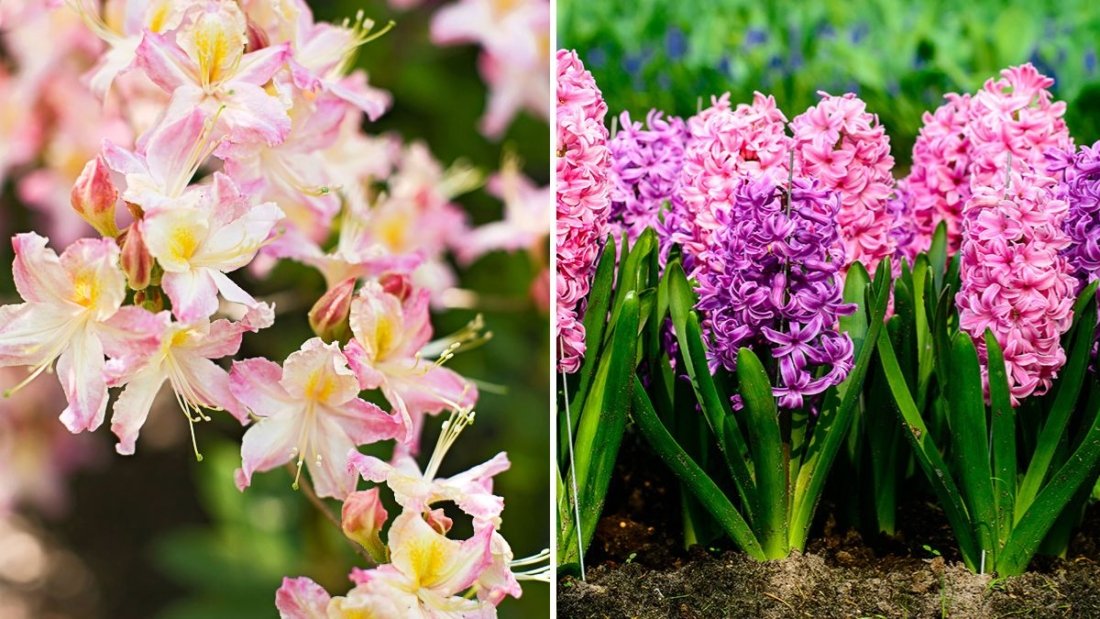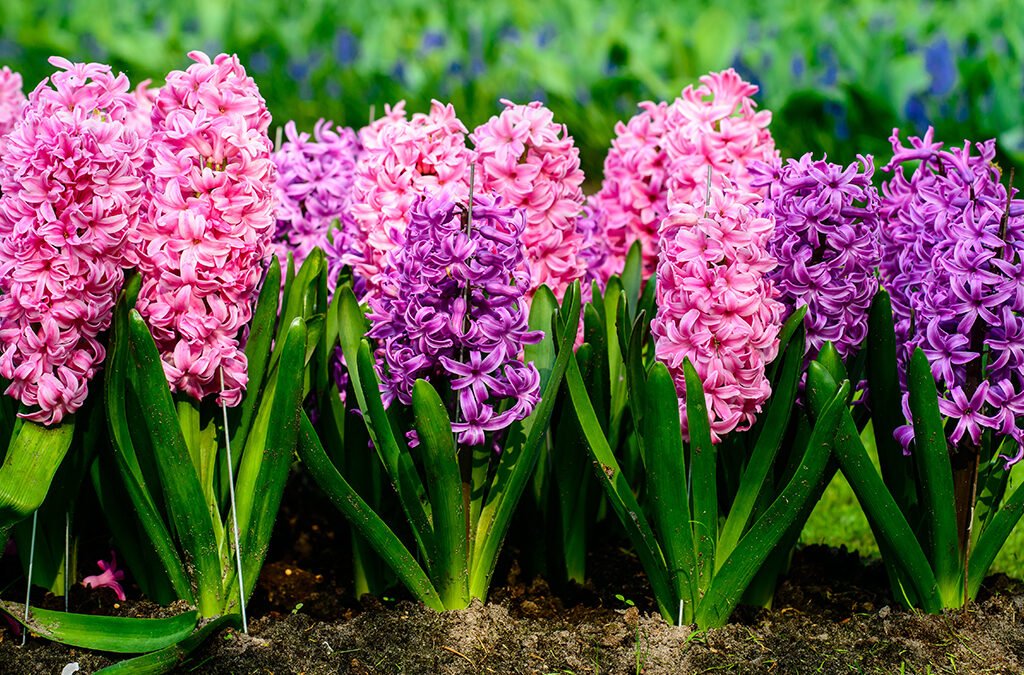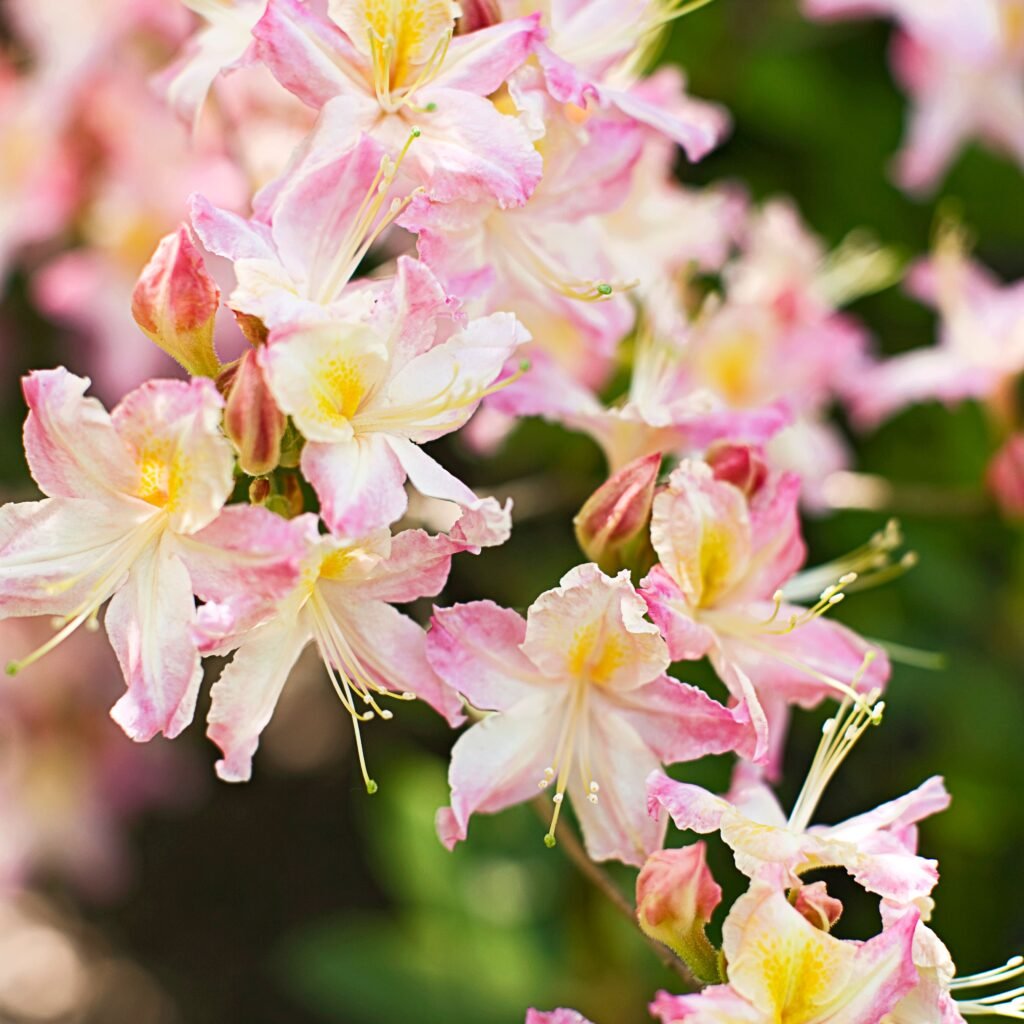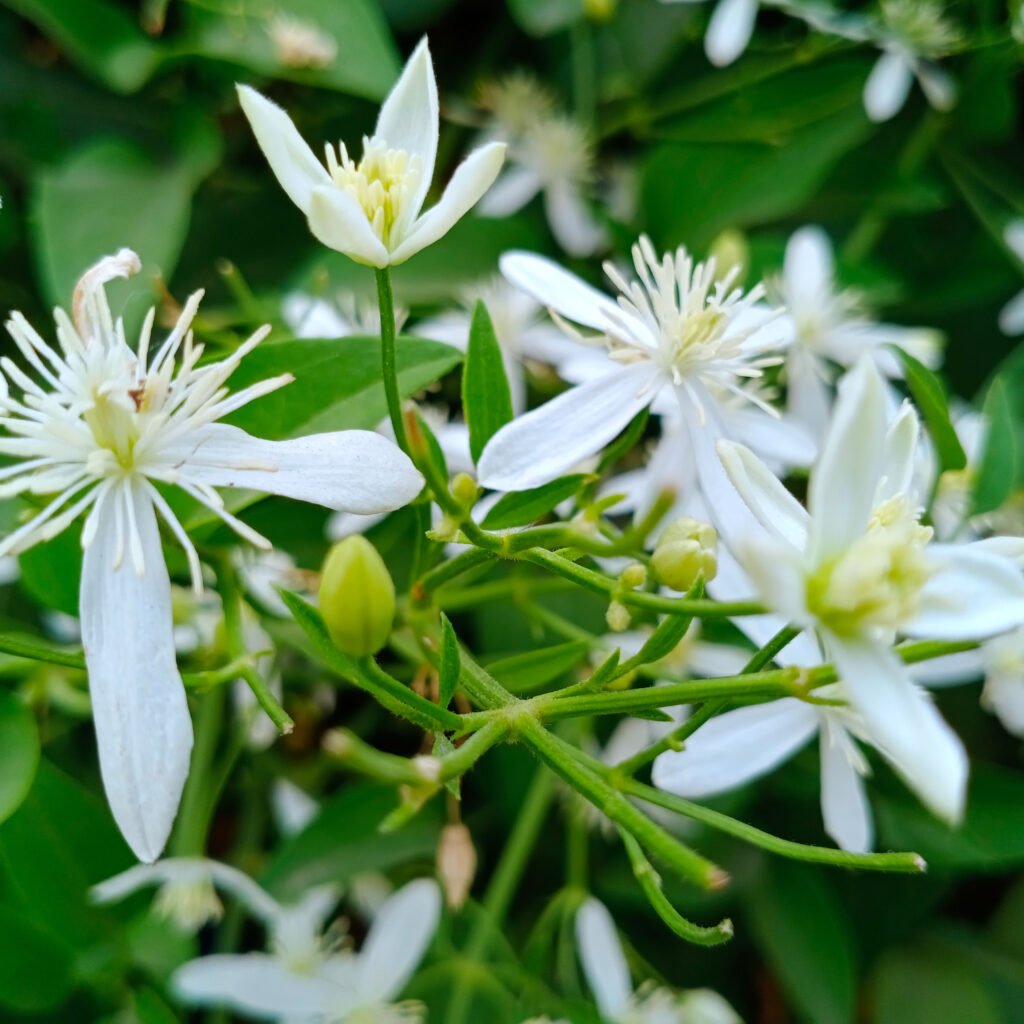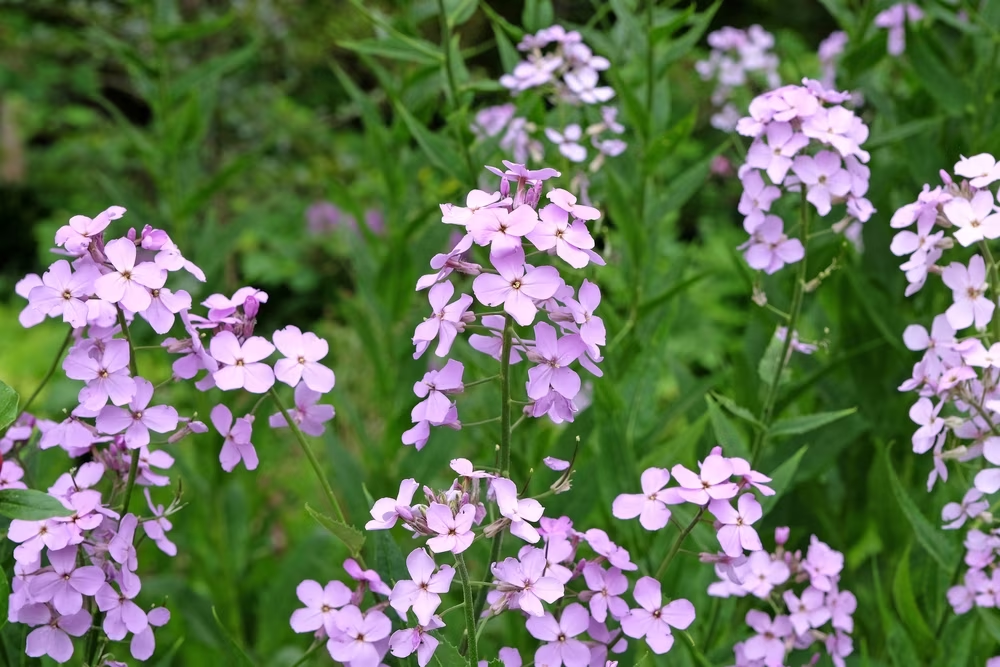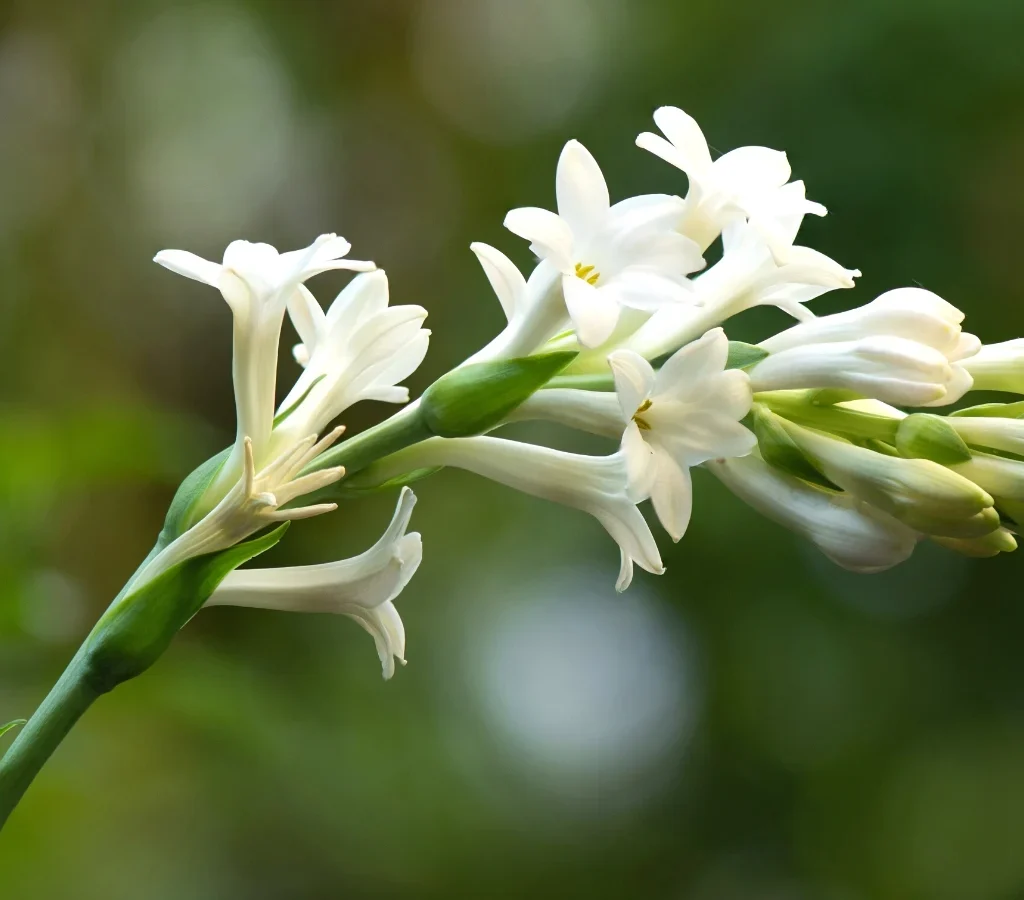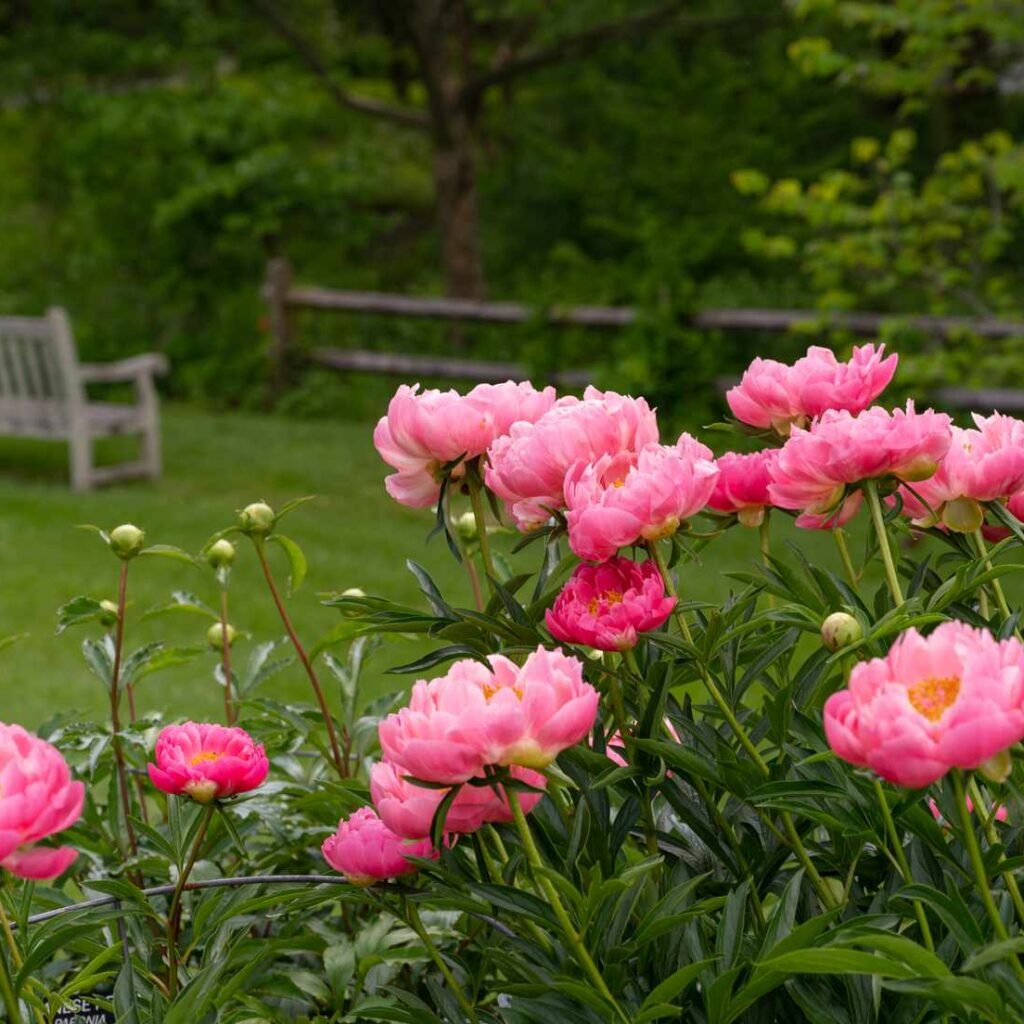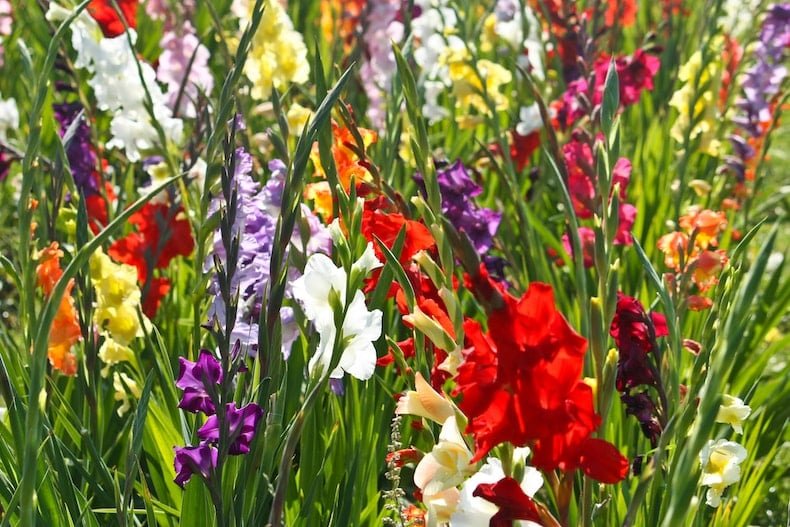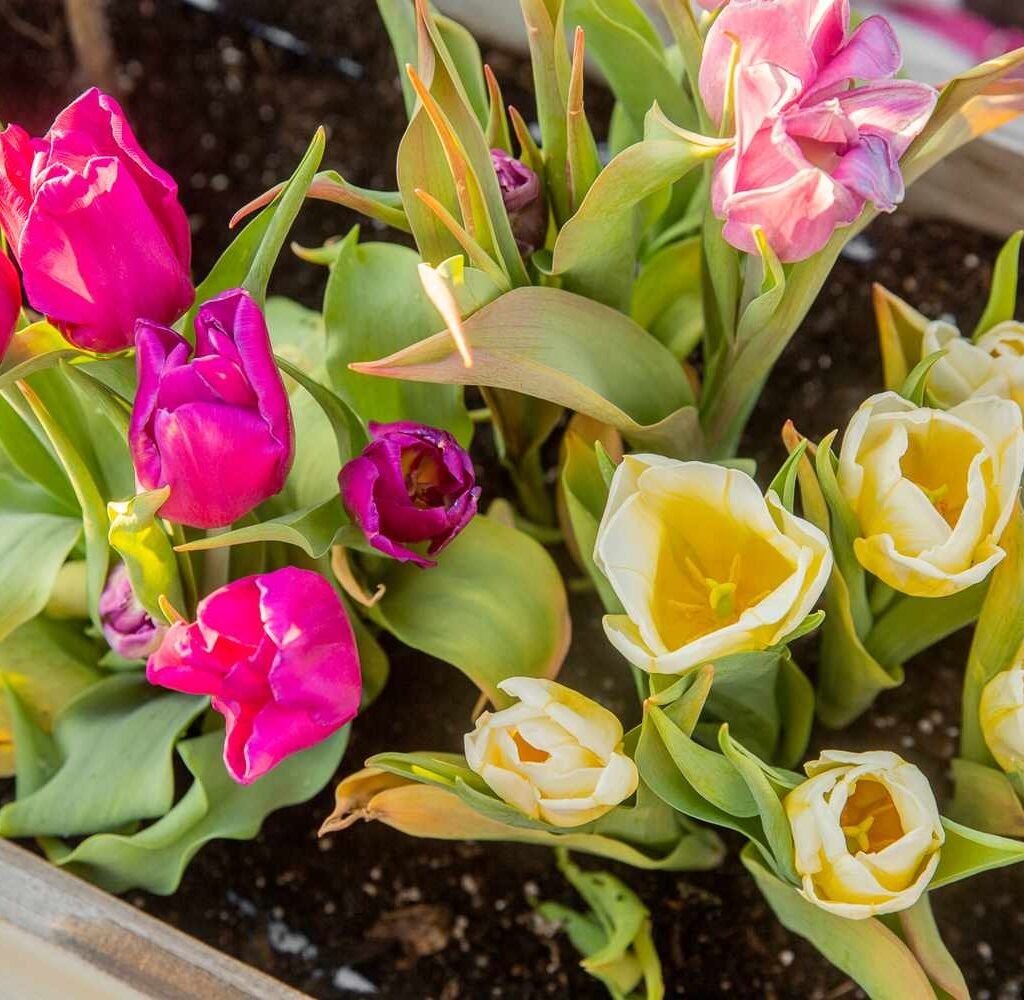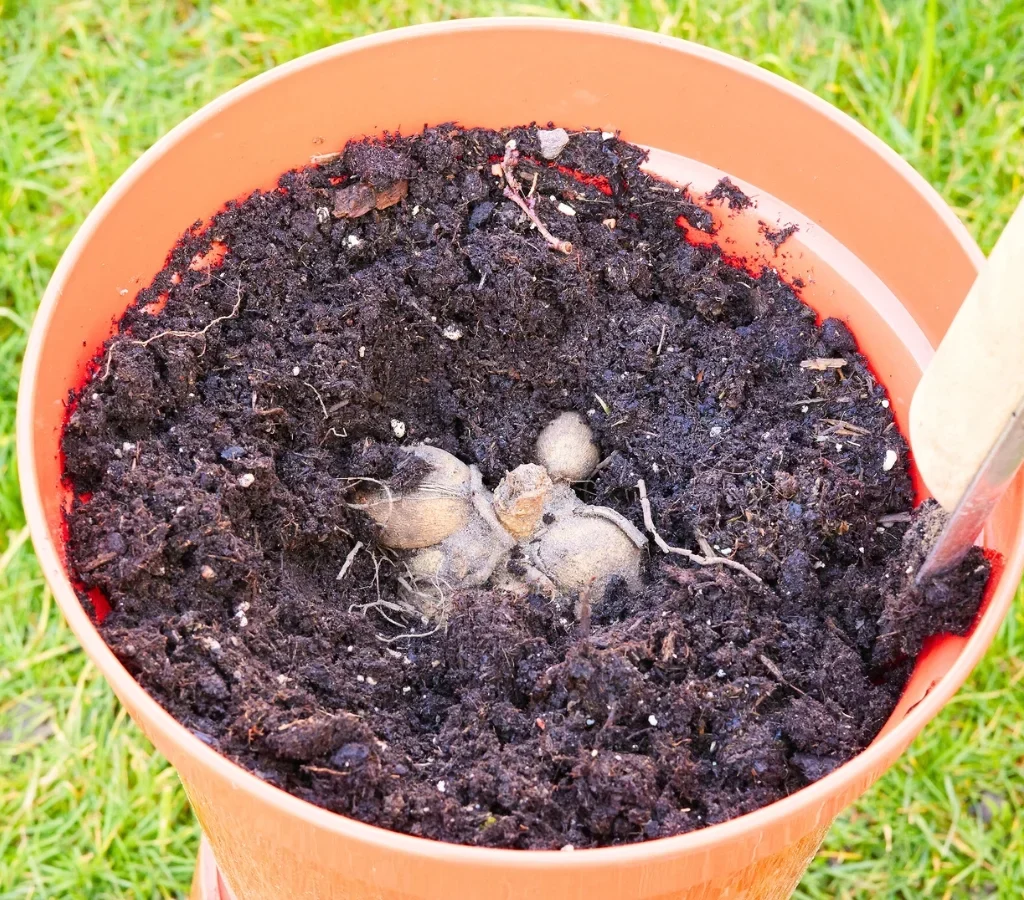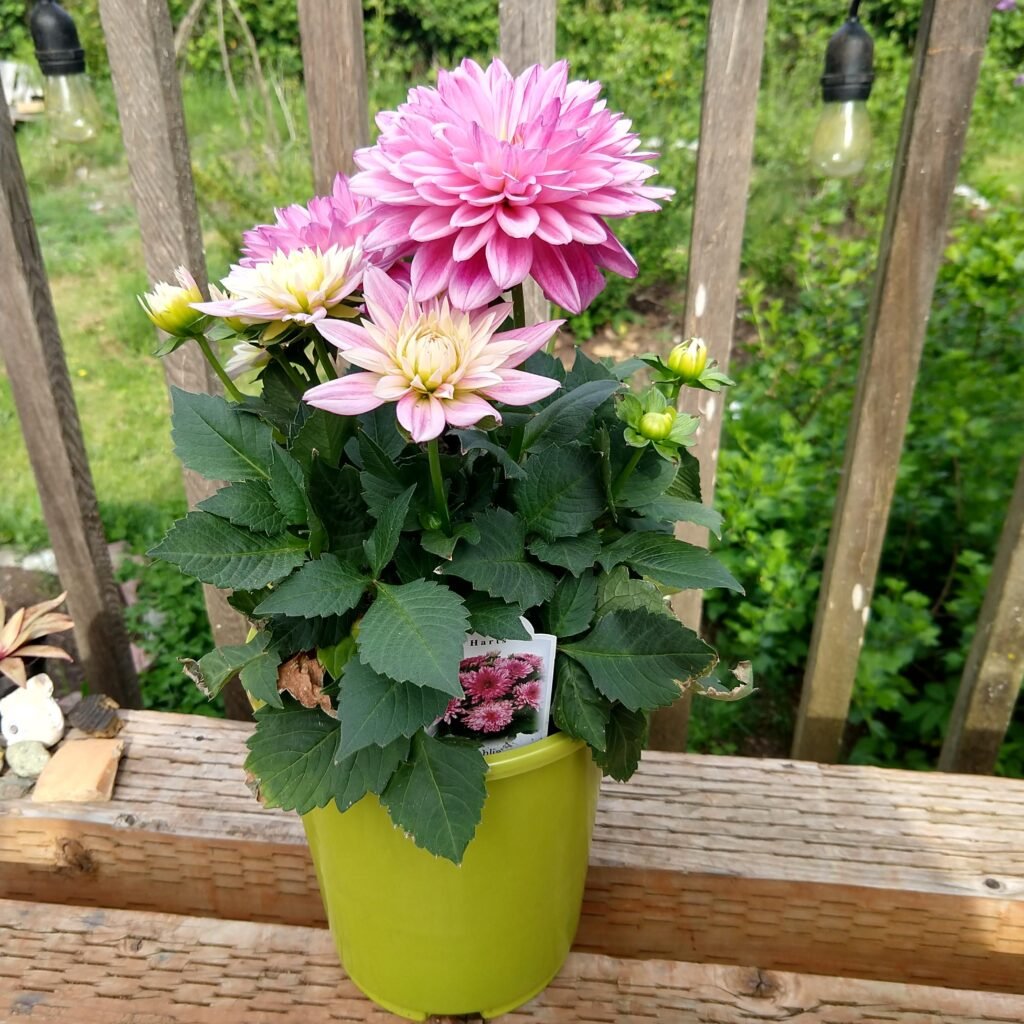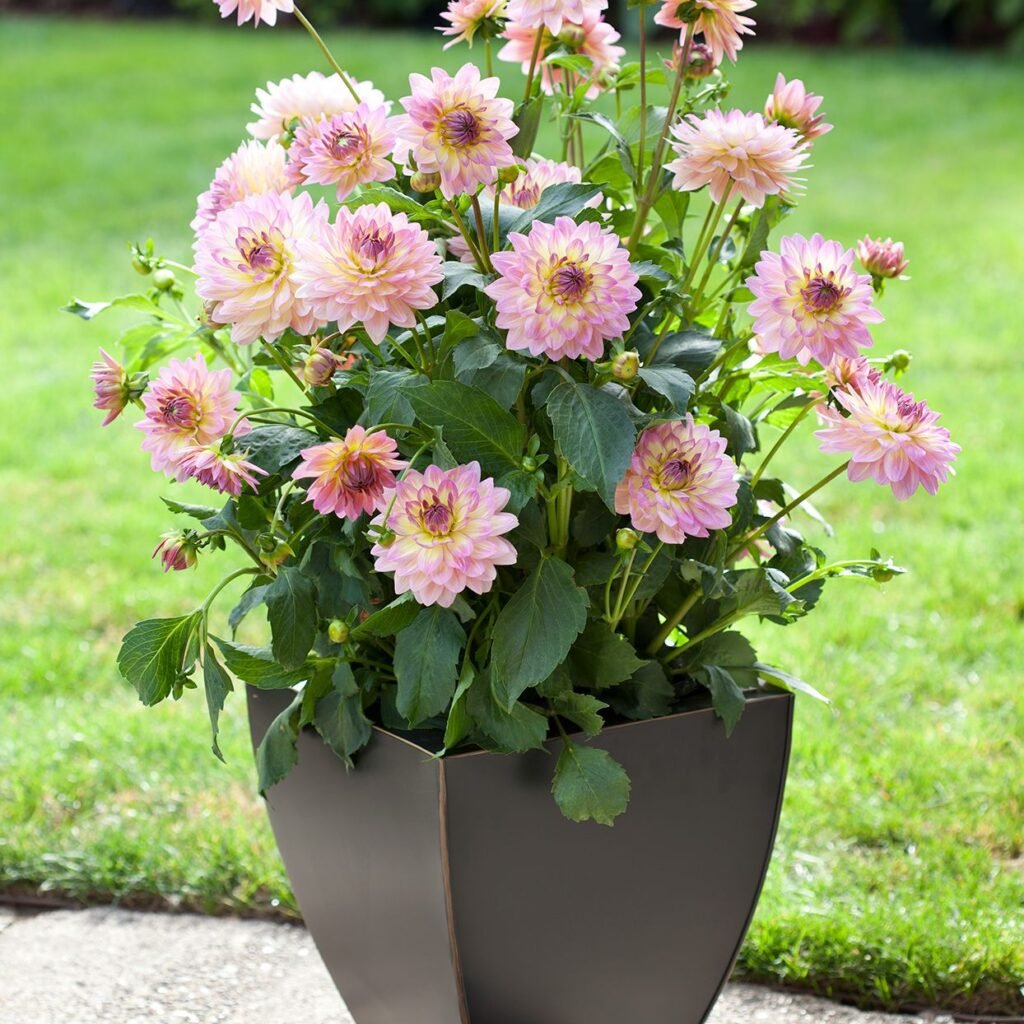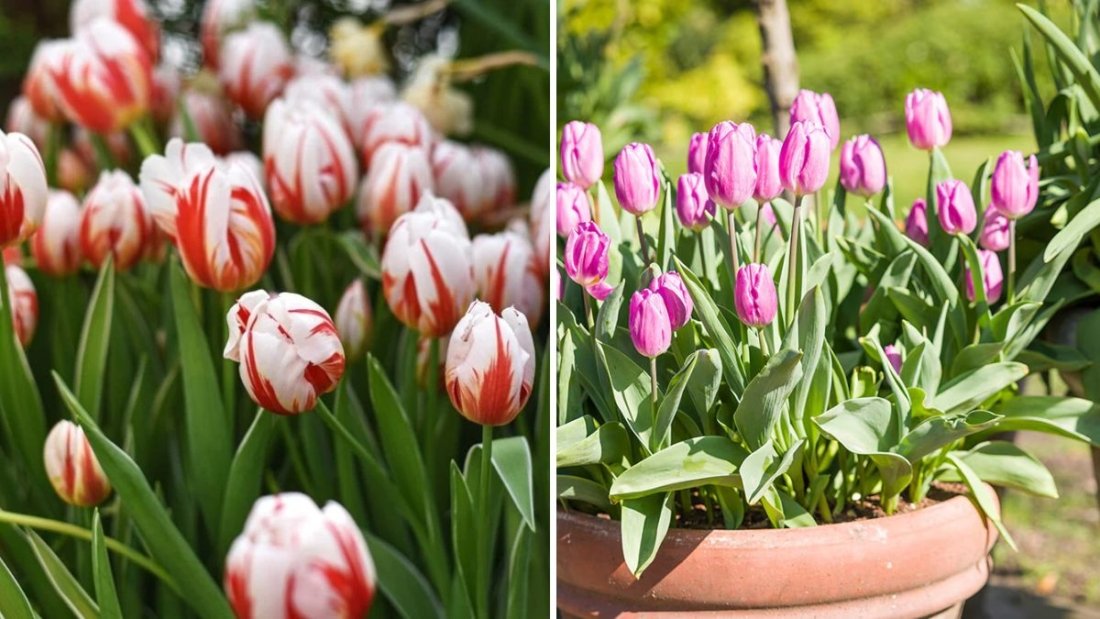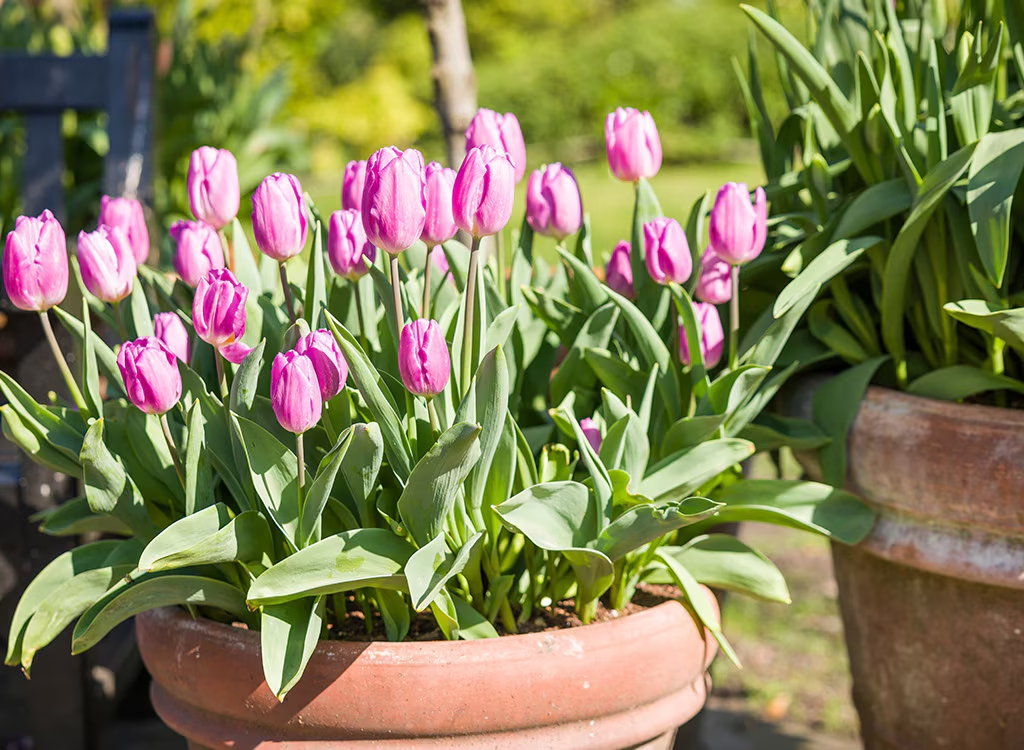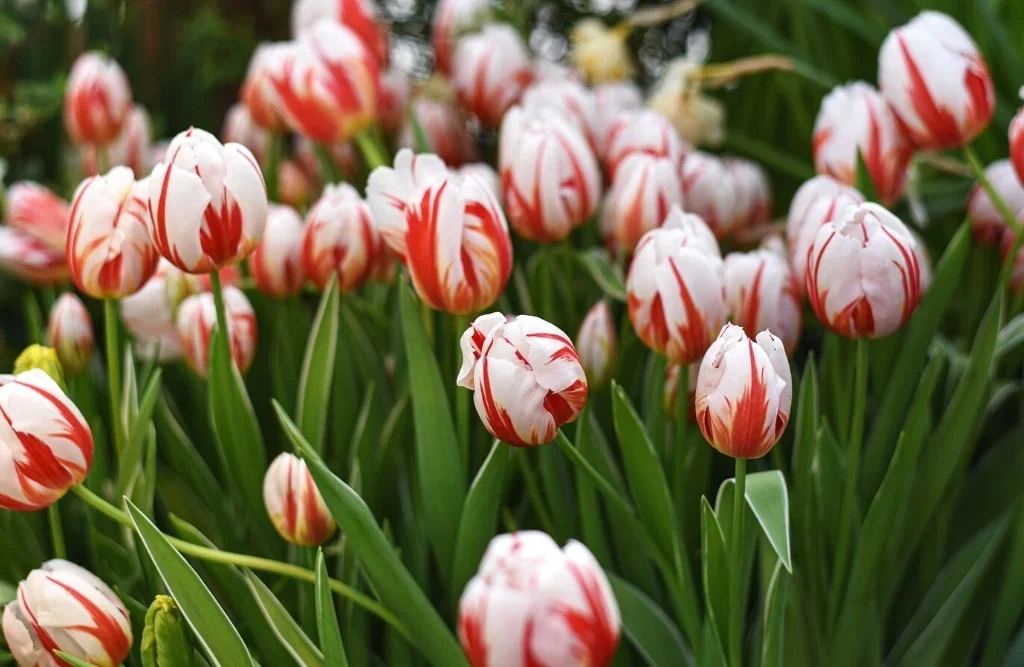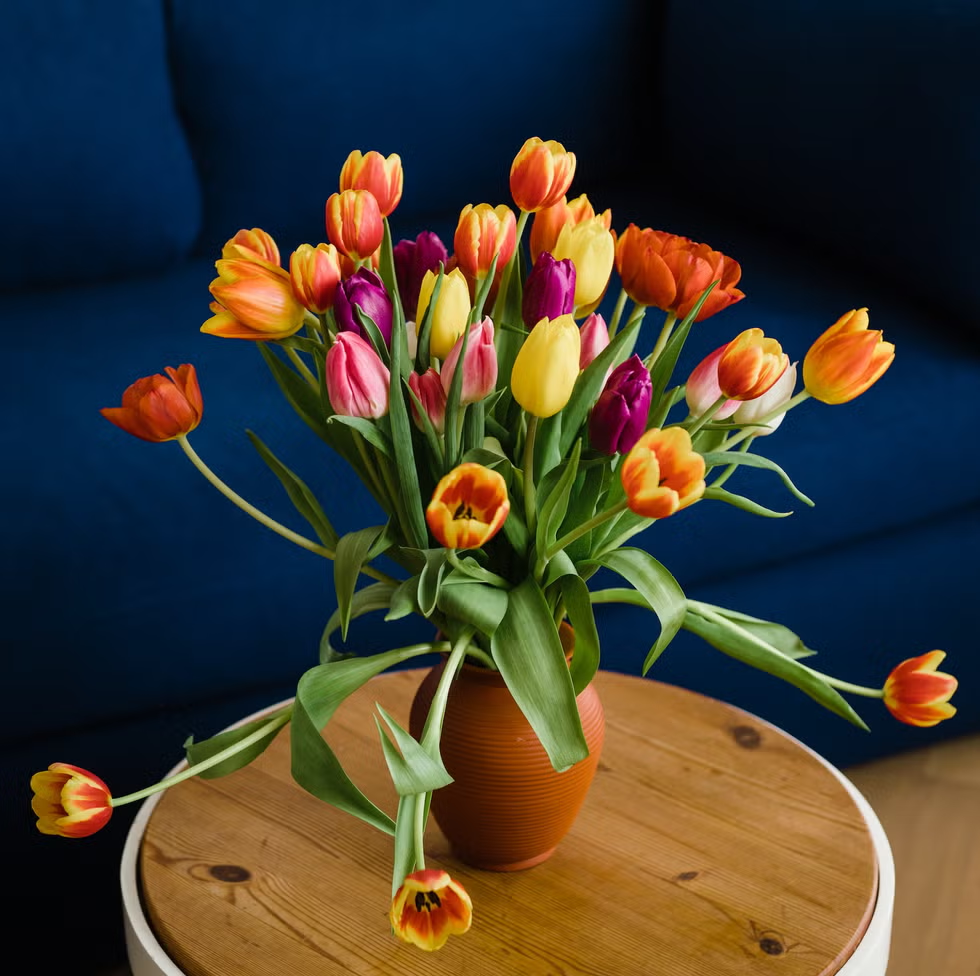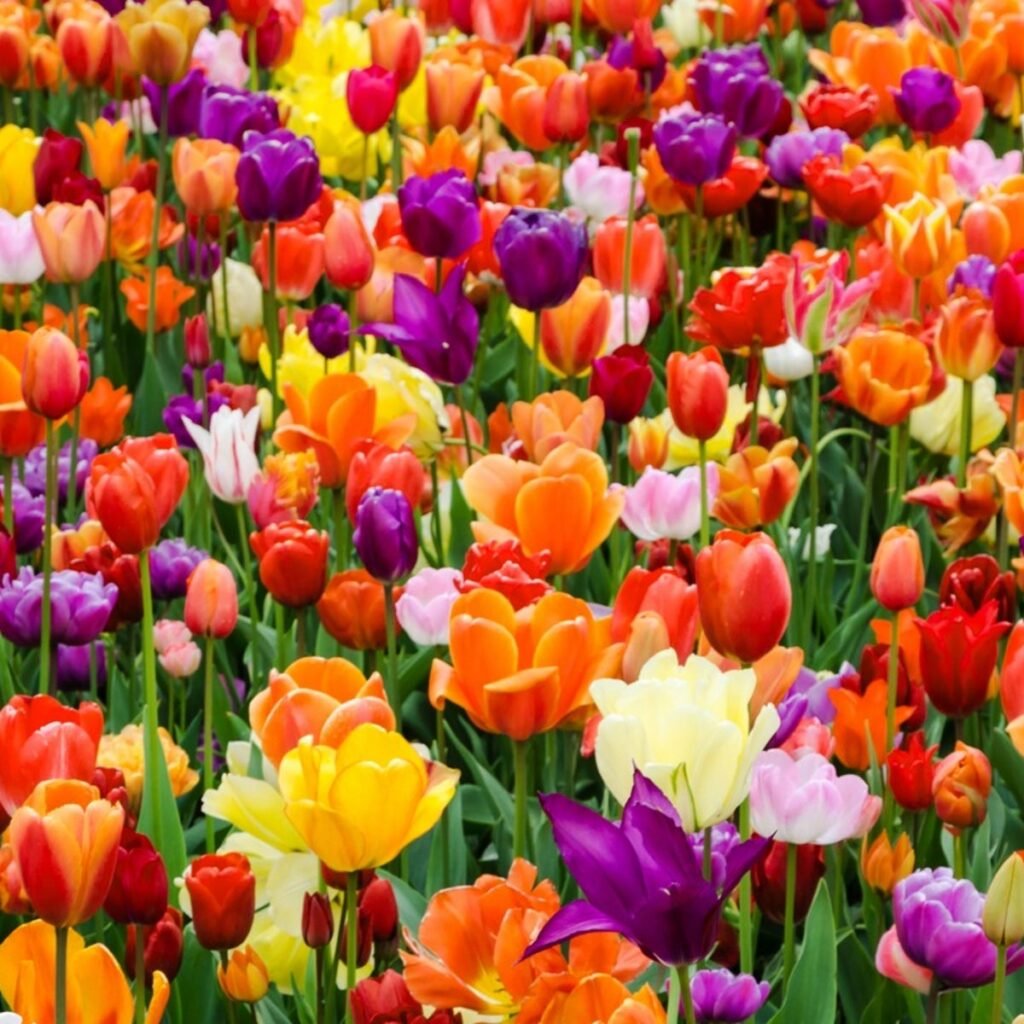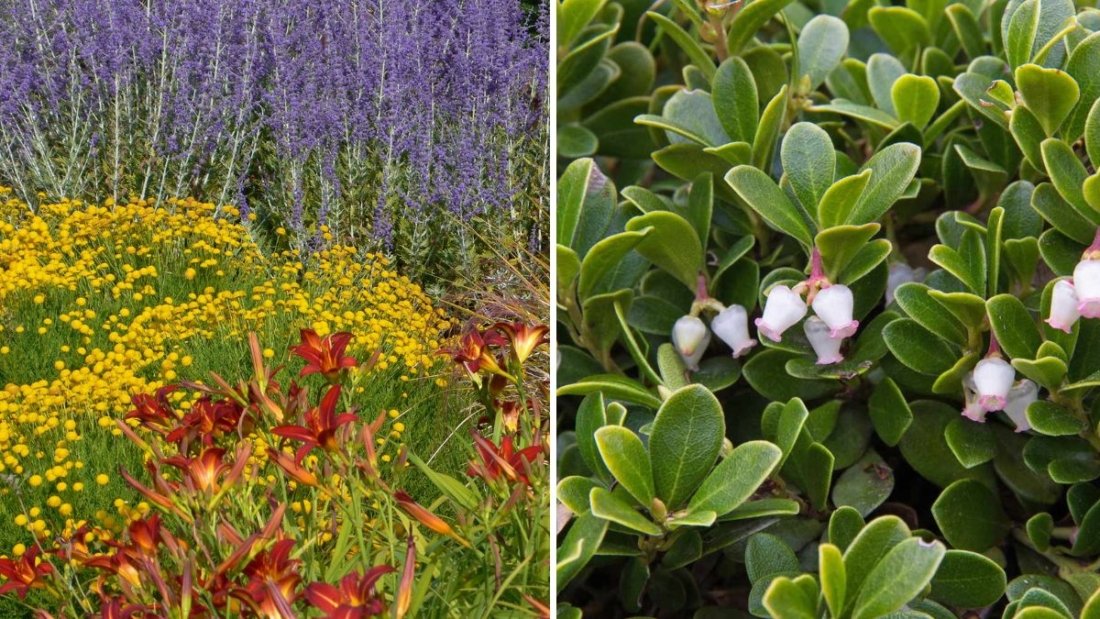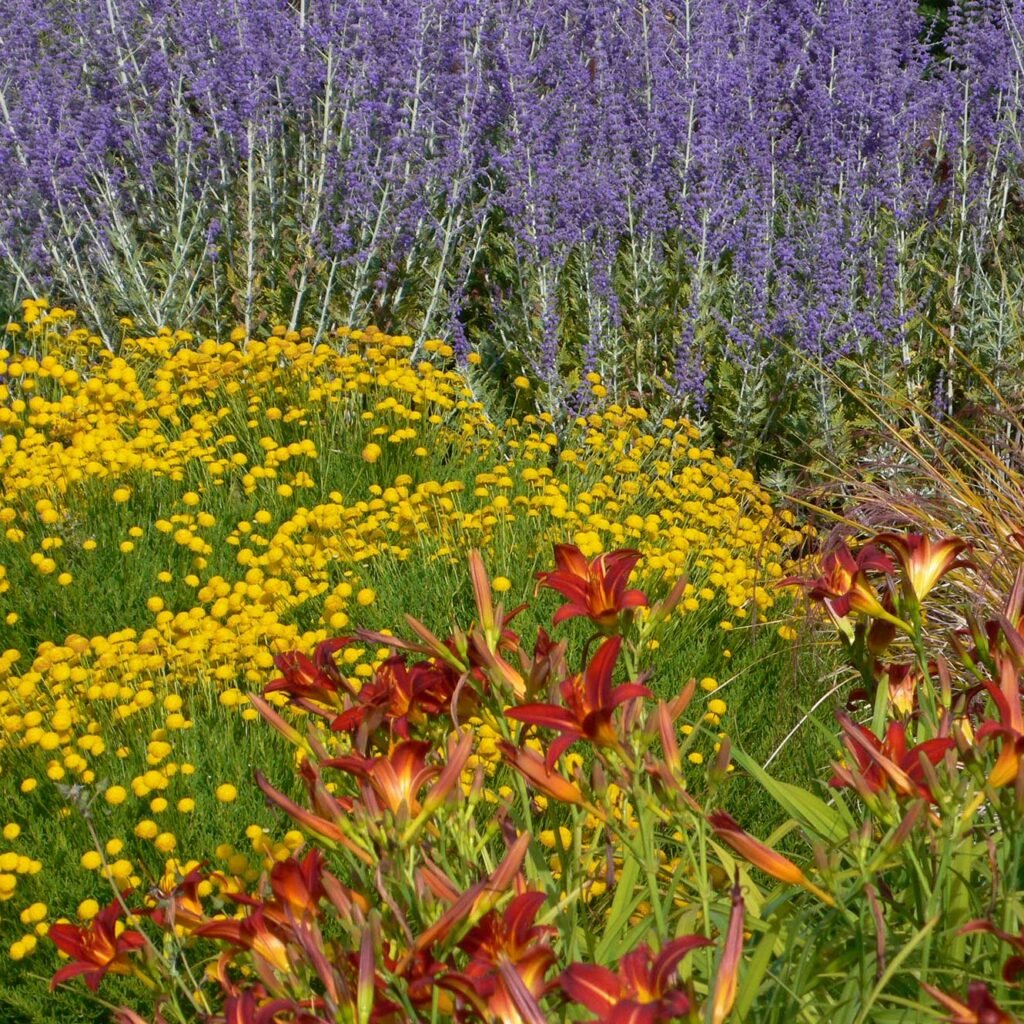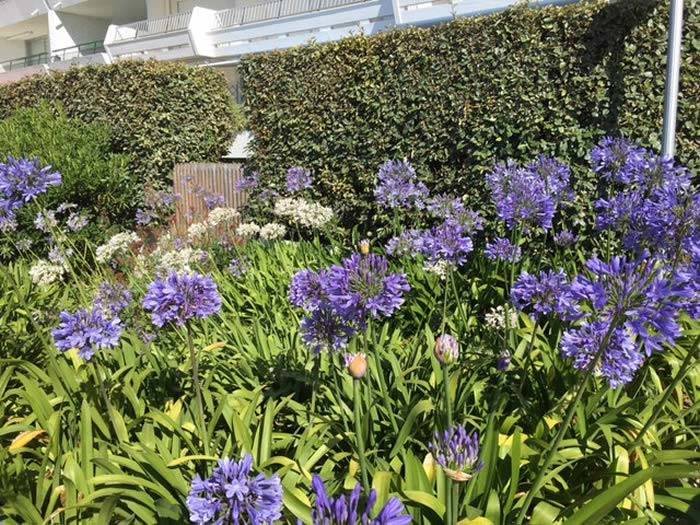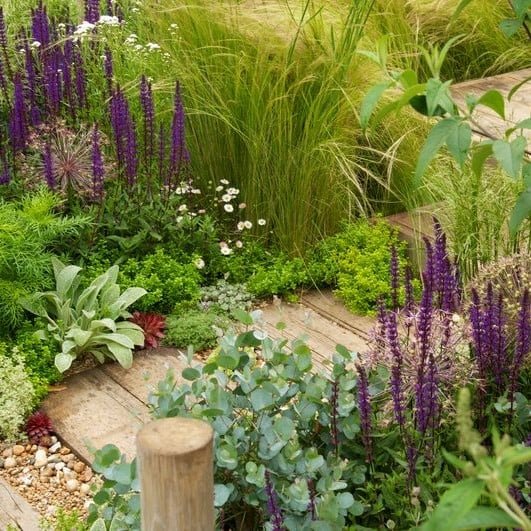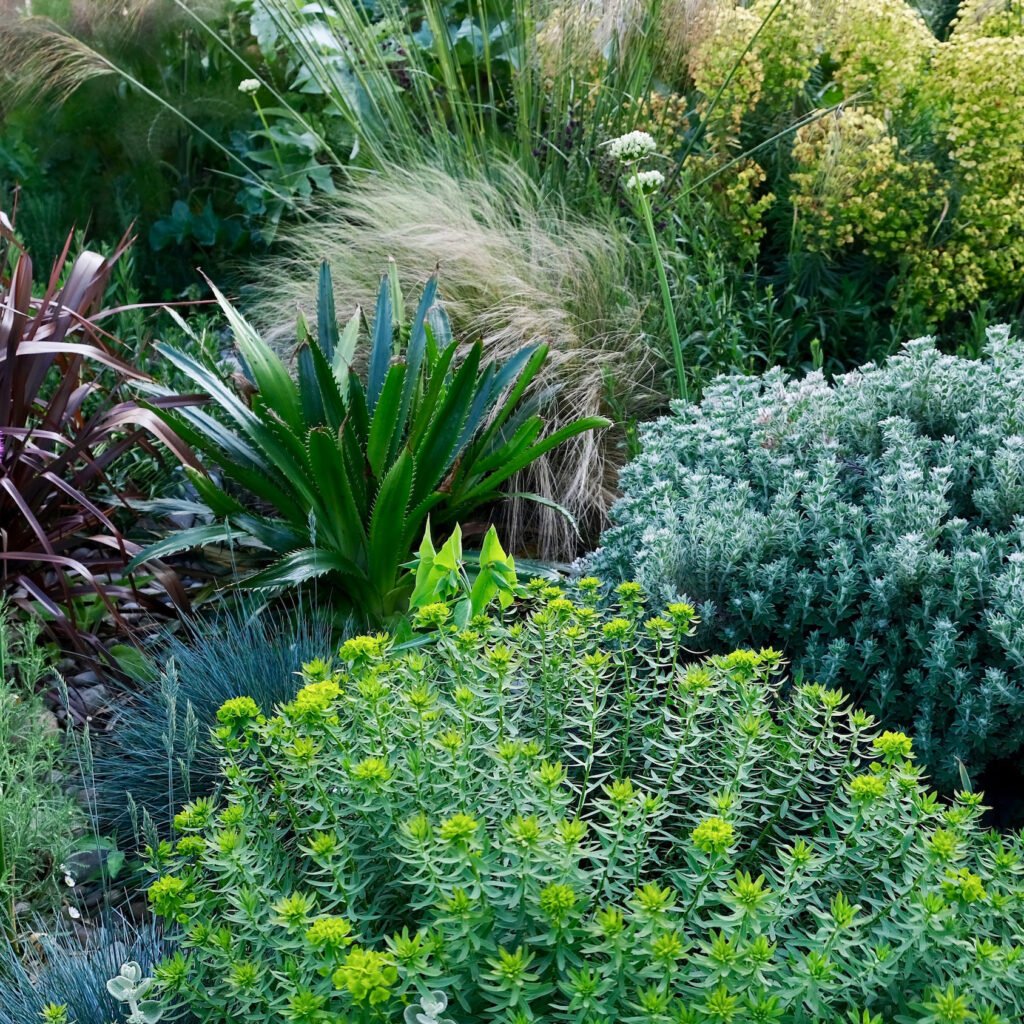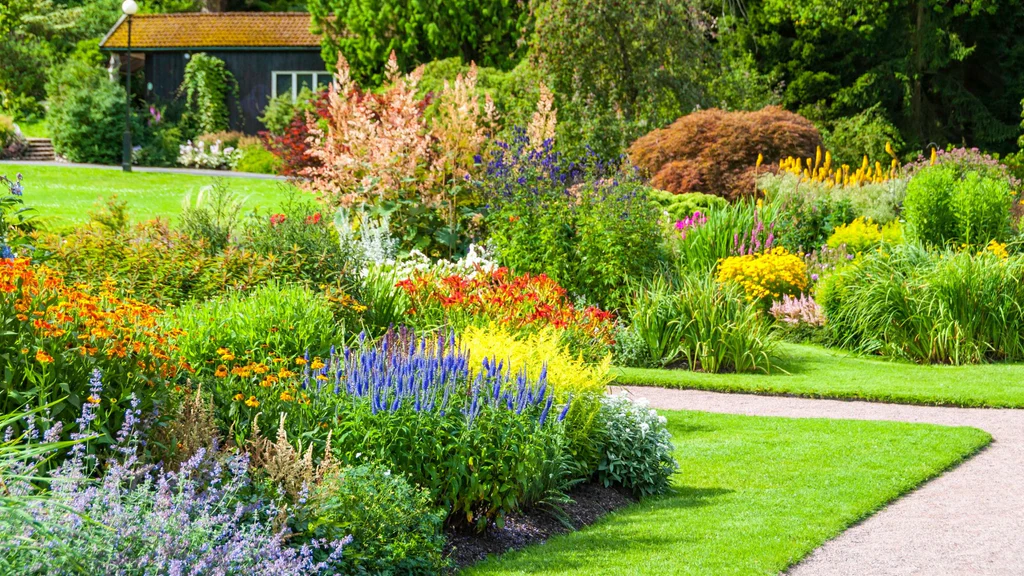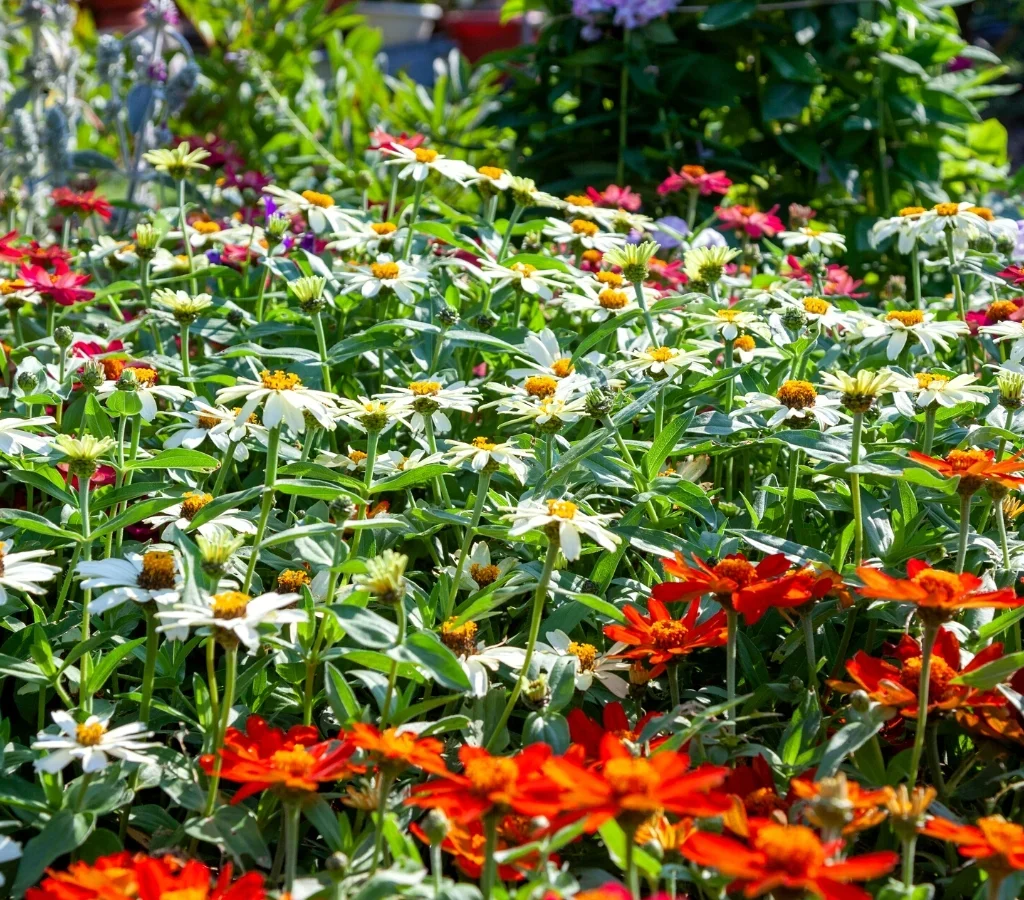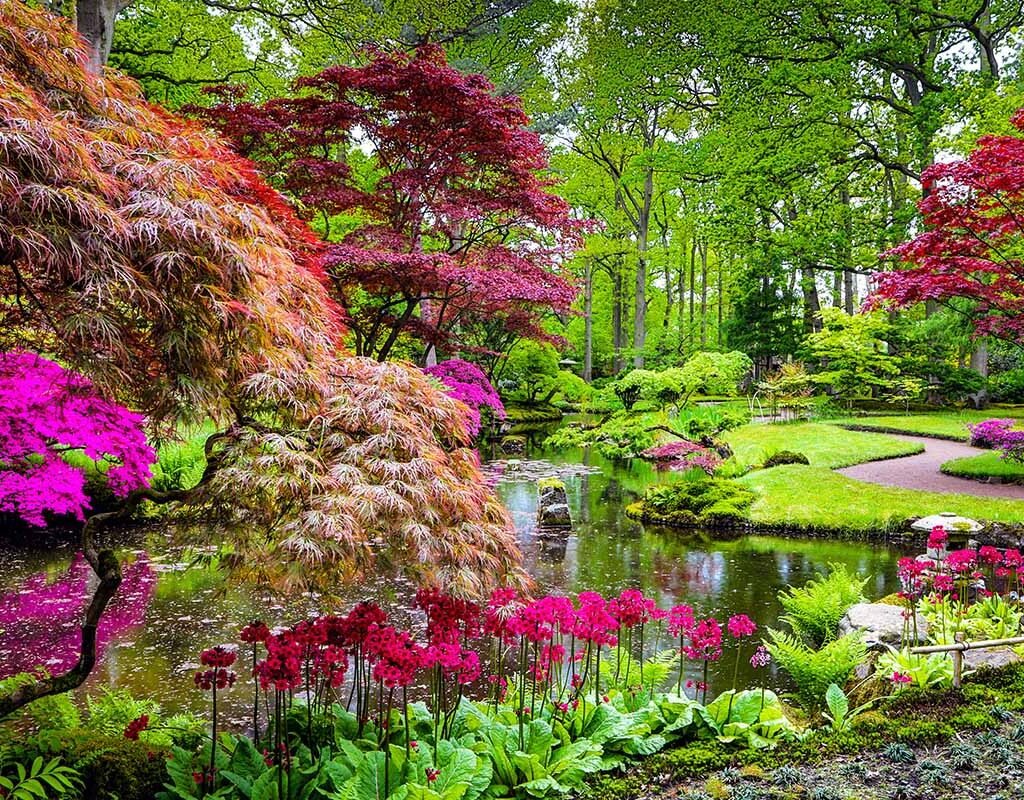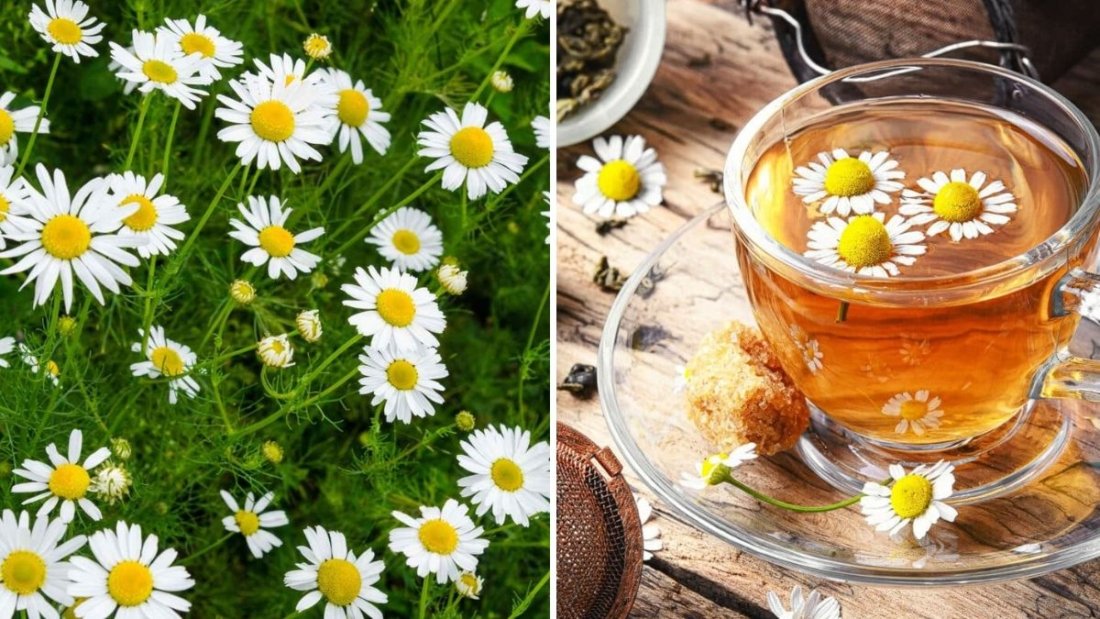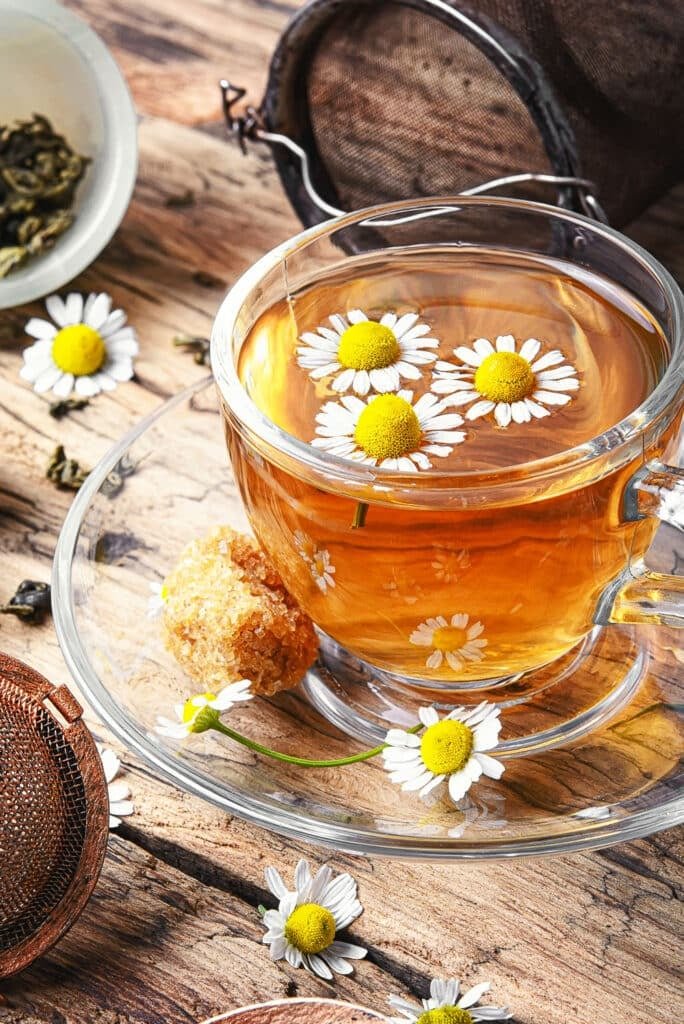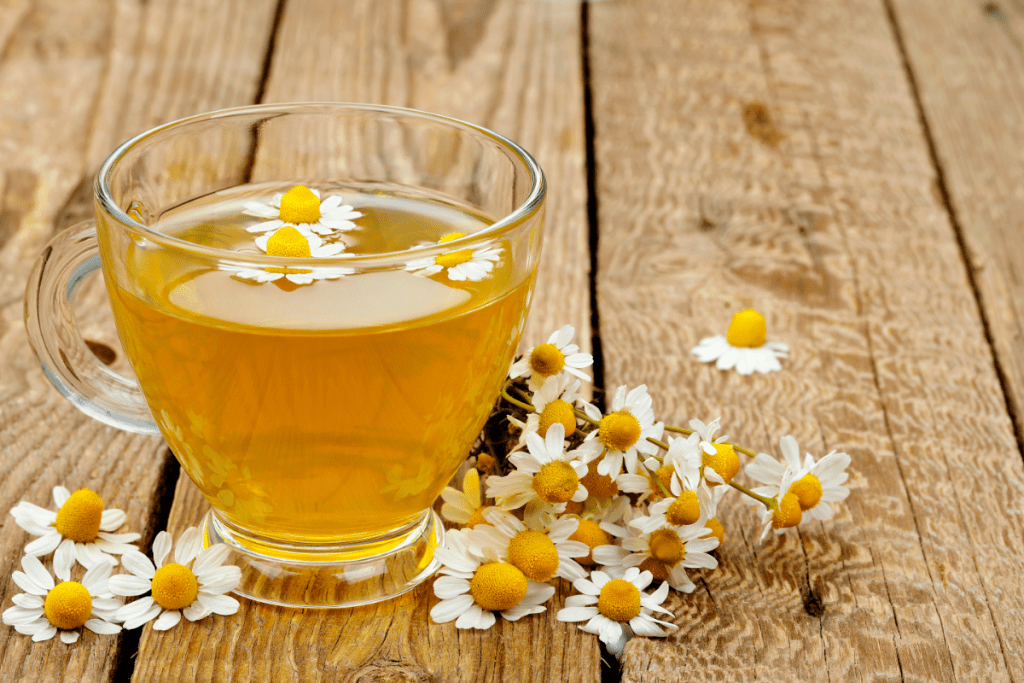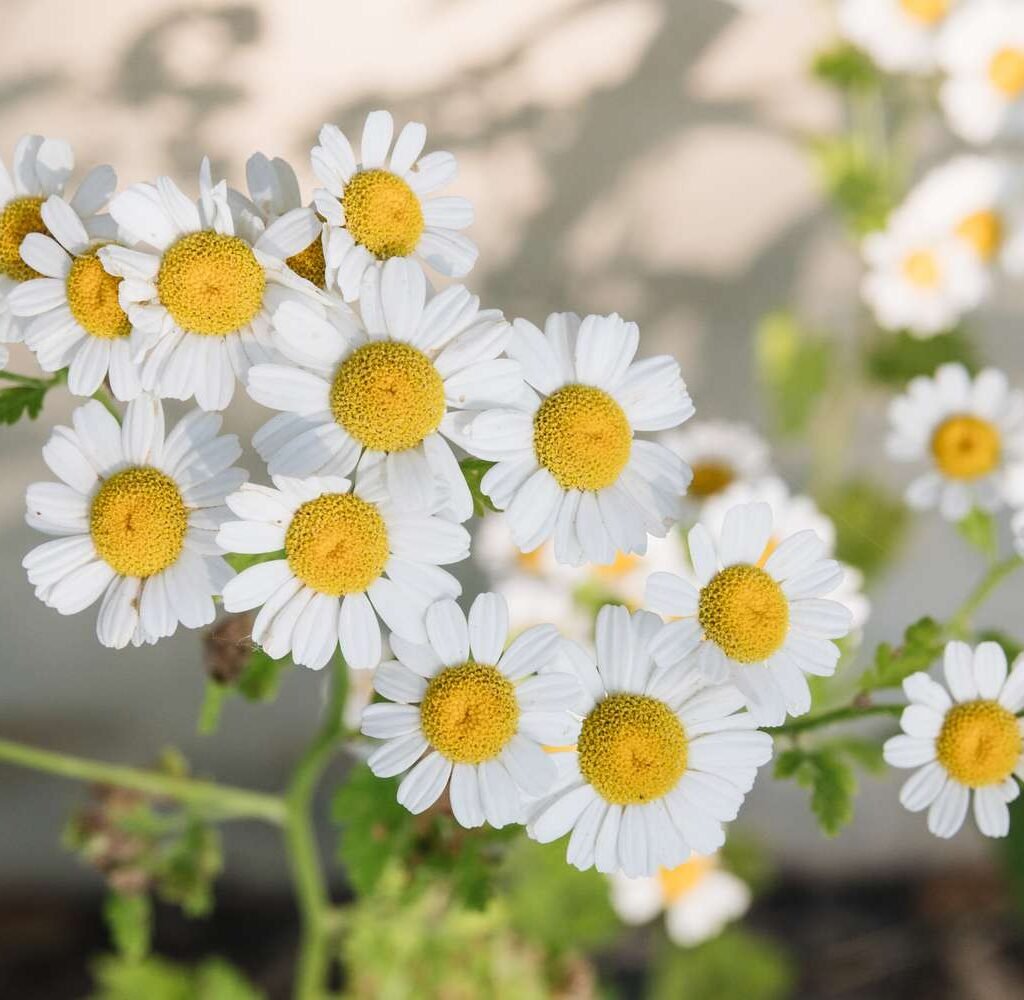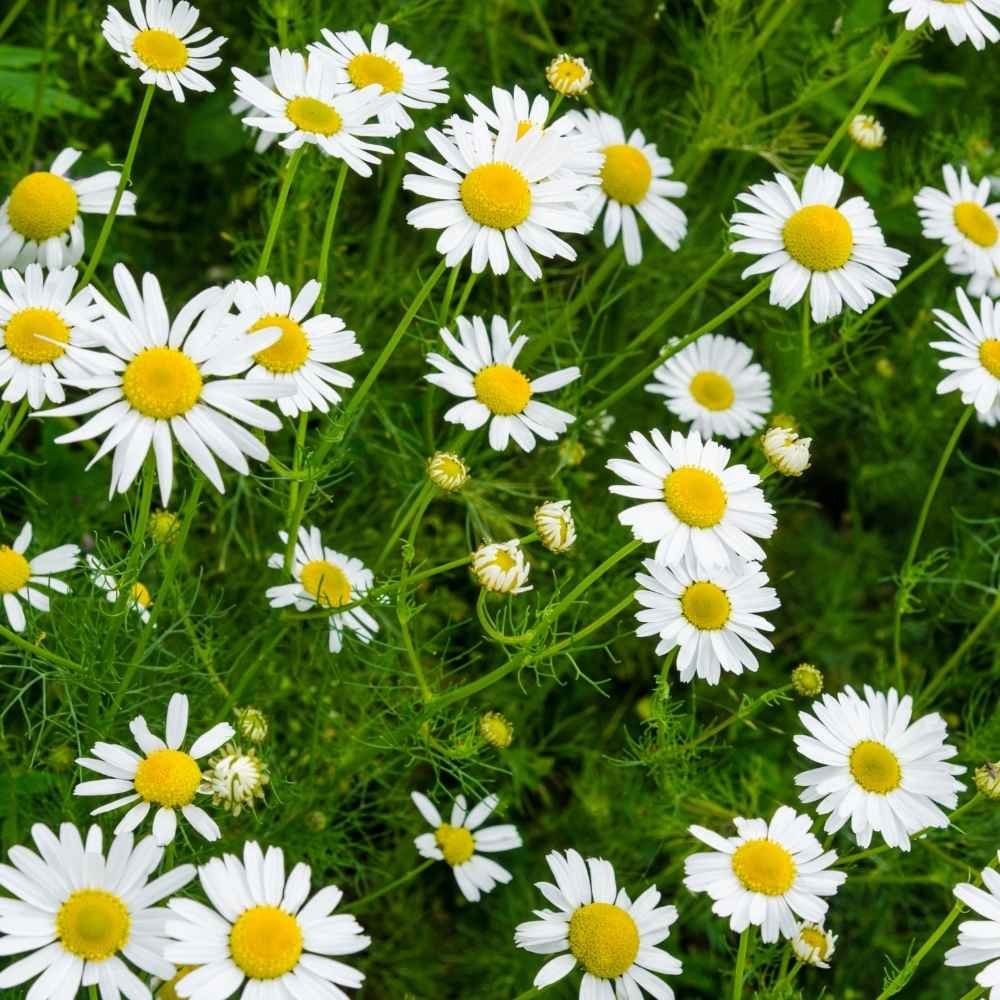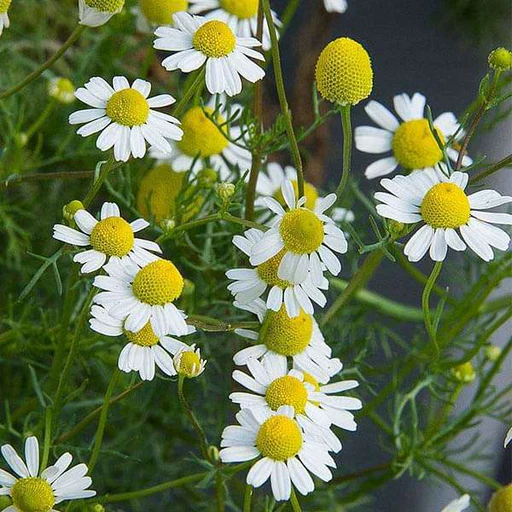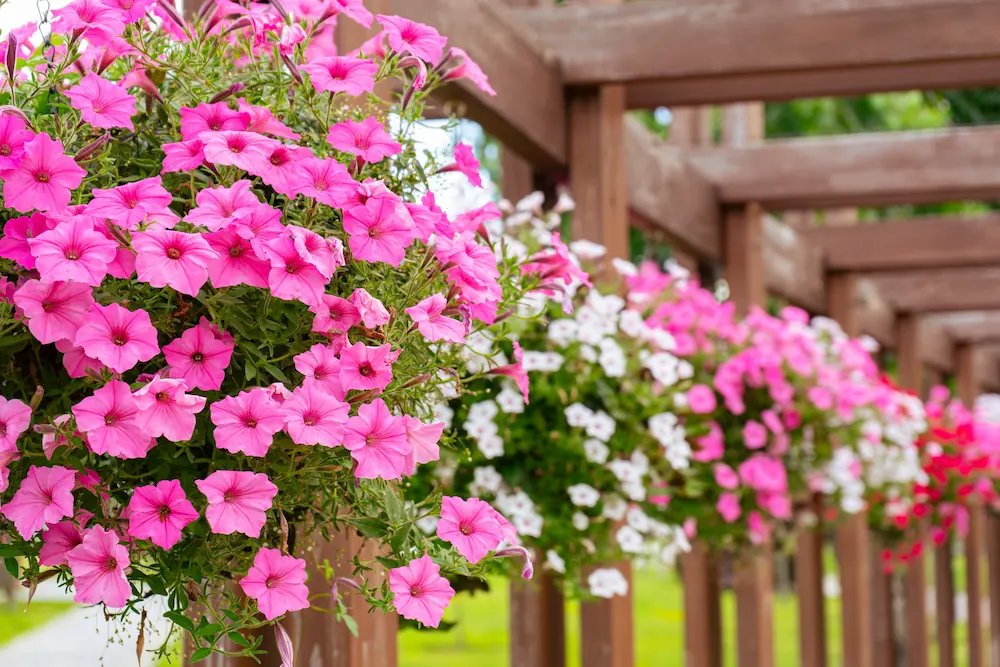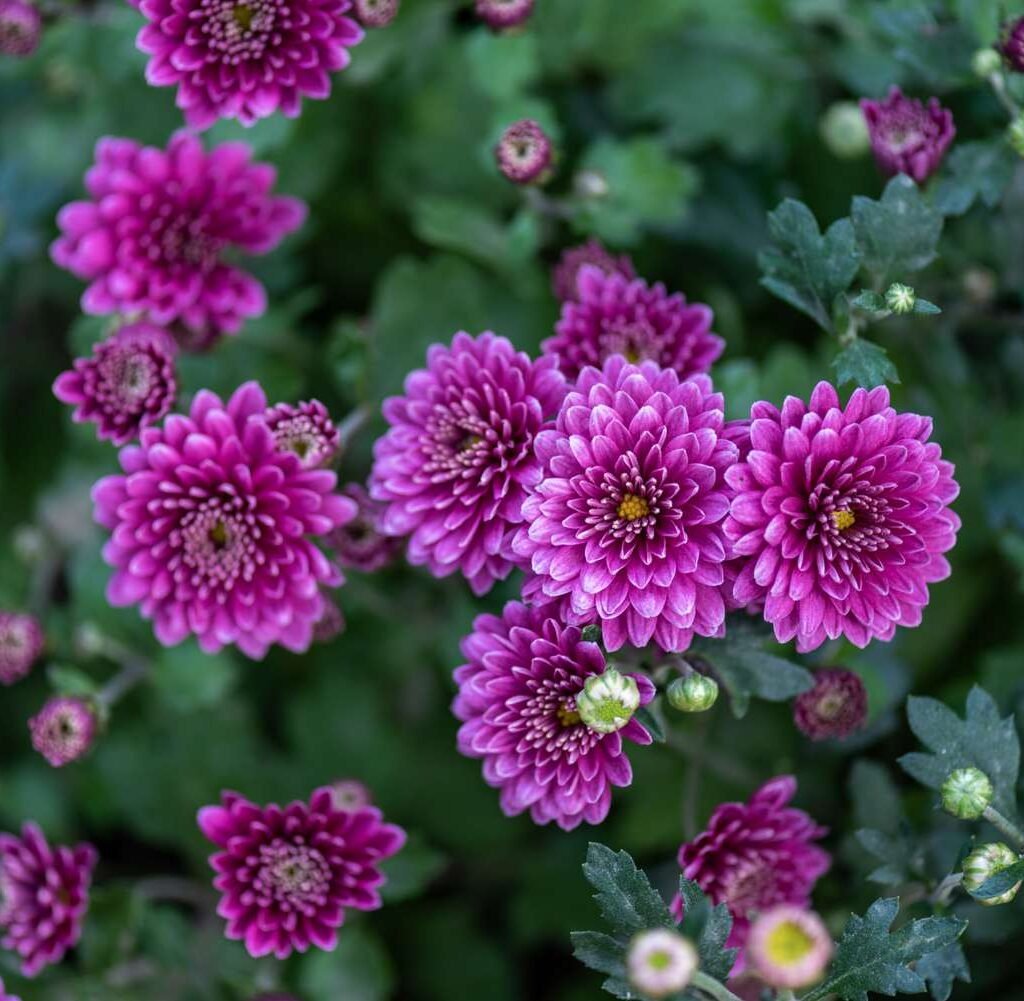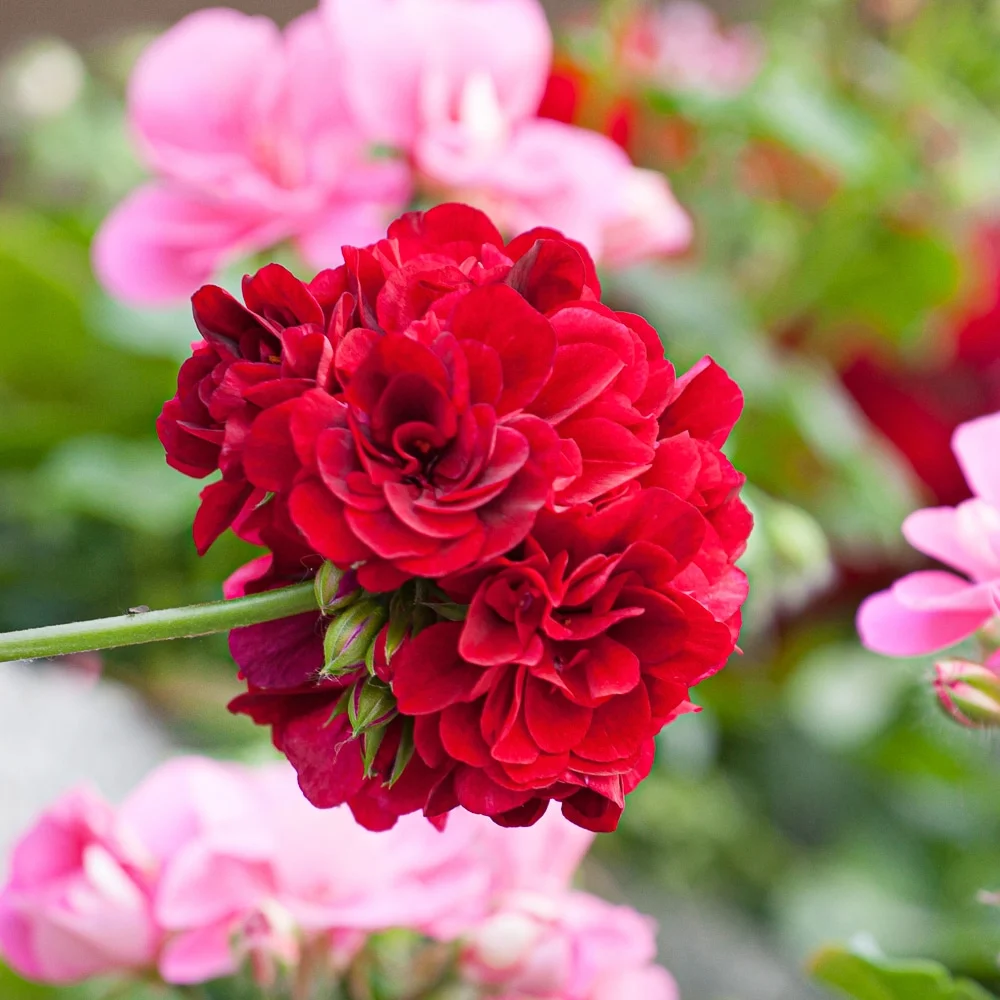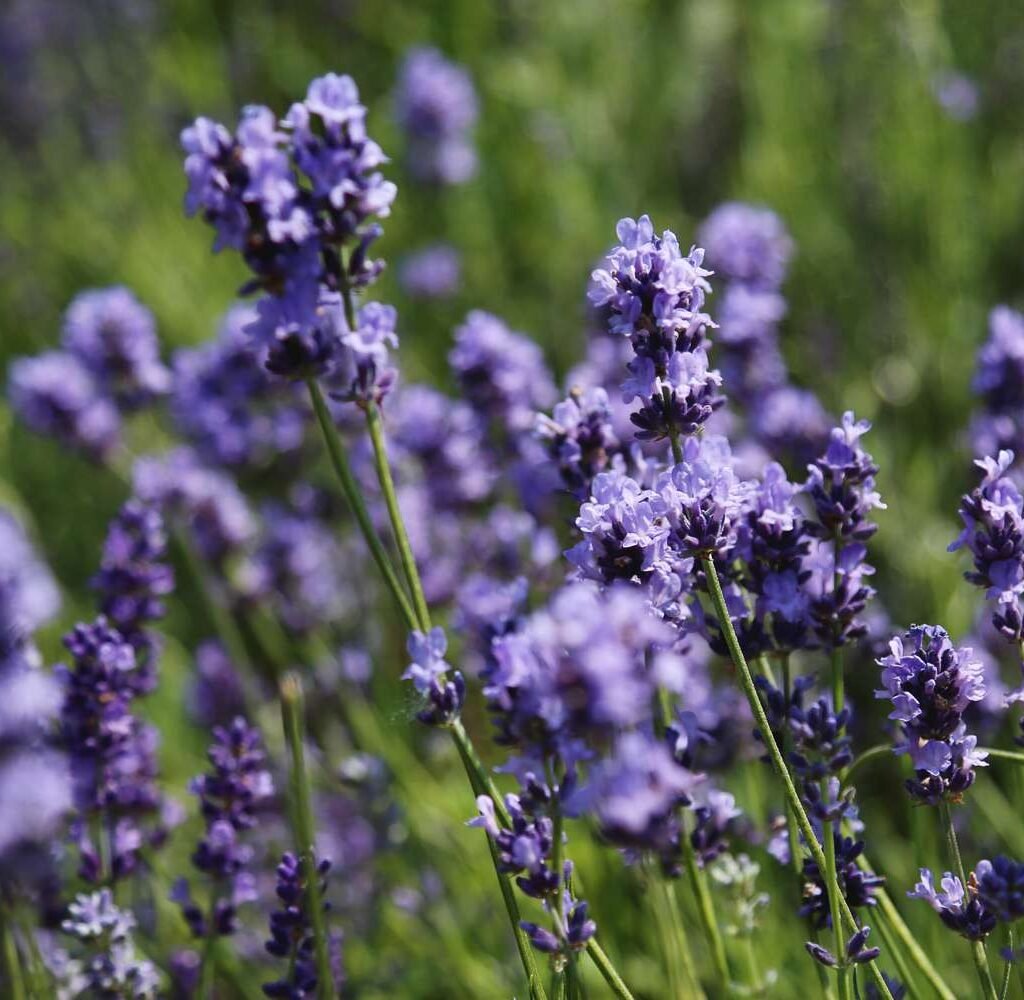Zinnias are among the most vibrant and versatile annual flowers, prized for their bright, cheerful blooms and long flowering period. Their ability to tolerate heat, attract pollinators, and thrive in a variety of conditions makes them a favorite for both beginner and experienced gardeners. One of the keys to a stunning zinnia display is continuous color throughout the growing season, rather than having blooms peak all at once and fade quickly. Achieving this requires proper planning, planting strategies, soil management, watering, fertilization, pest control, and succession planting.
This article provides a comprehensive guide to growing zinnias for continuous color, helping gardeners create lively and long-lasting flower beds, containers, and borders.
1. Understanding Zinnias and Their Growth Cycle
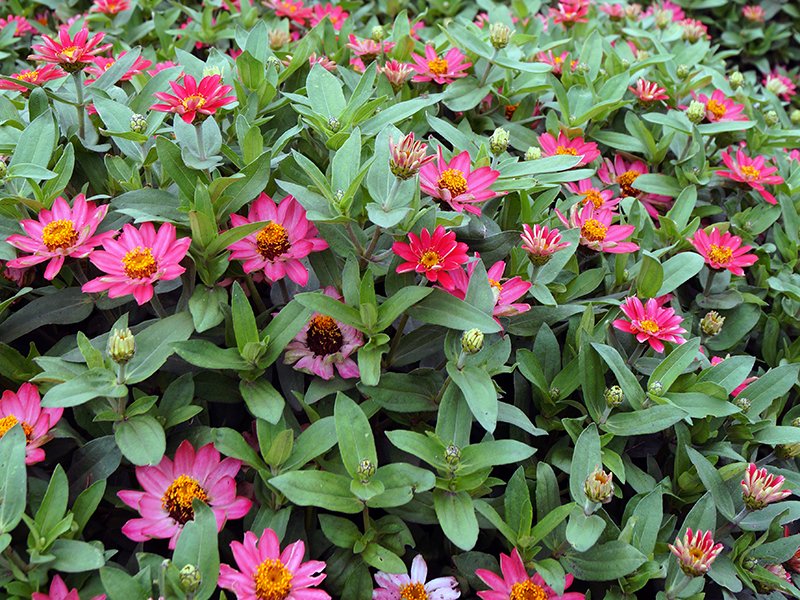
Zinnias are warm-season annuals native to North and South America, belonging to the Asteraceae family. They bloom from early summer through fall, producing single, double, or semi-double flowers in a wide spectrum of colors including red, pink, orange, yellow, white, and purple. Zinnias thrive in sunny locations and are relatively low-maintenance, making them ideal for colorful gardens that persist well beyond spring.
Key characteristics:
- Bloom period: 4–6 weeks per flower, with successive blooms if managed properly.
- Height: Varieties range from 6 inches (dwarf) to 4 feet (tall).
- Growth habit: Upright or spreading, suitable for beds, borders, and containers.
Understanding the growth cycle of zinnias helps gardeners plan for continuous flowering by staggering planting times and encouraging repeat blooms.
2. Selecting the Right Varieties

For continuous color, choosing suitable zinnia varieties is crucial:
- Dwarf Varieties: ‘Thumbelina’ or ‘Zahara’ are perfect for containers and borders.
- Tall Varieties: ‘Cut and Come Again’ or ‘State Fair’ are ideal for cutting gardens and tall displays.
- Double vs. Single Flowers: Single flowers often bloom longer and attract pollinators, while double flowers provide a fuller look.
- Heat-Tolerant Varieties: Varieties bred for high temperatures maintain blooms even during hot summer months.
By selecting a mix of heights, bloom types, and colors, gardeners can create layered displays with continuous visual interest.
3. Planning and Preparing the Planting Site

Zinnias thrive in sunny, well-drained locations. Proper site preparation is essential:
- Sunlight: Full sun for at least 6–8 hours daily ensures maximum blooms.
- Soil: Loamy or sandy soil with good drainage is ideal. Avoid heavy clay that retains water and causes root rot.
- Soil Preparation: Enrich soil with organic compost or aged manure to provide nutrients and improve texture.
- Spacing: Space plants 6–18 inches apart depending on the variety to promote airflow and reduce disease risk.
A well-prepared site creates optimal growing conditions for healthy, continuous flowering.
4. Planting Techniques for Continuous Bloom
Proper planting methods extend the flowering period:
A. Direct Sowing
- Sow seeds directly into the garden after the last frost date.
- Plant seeds ¼ inch deep and keep soil consistently moist until germination.
- Thin seedlings to recommended spacing to prevent overcrowding.
B. Succession Planting
- Sow new seeds every 2–3 weeks to maintain a continuous bloom cycle.
- Replace early plants after they finish flowering to prevent gaps.
C. Container Planting
- Use well-draining containers with potting mix enriched with compost.
- Dwarf varieties perform best in pots, while taller zinnias may require staking.
These planting strategies ensure constant renewal of blooms throughout the season.
5. Watering Practices for Healthy Zinnias
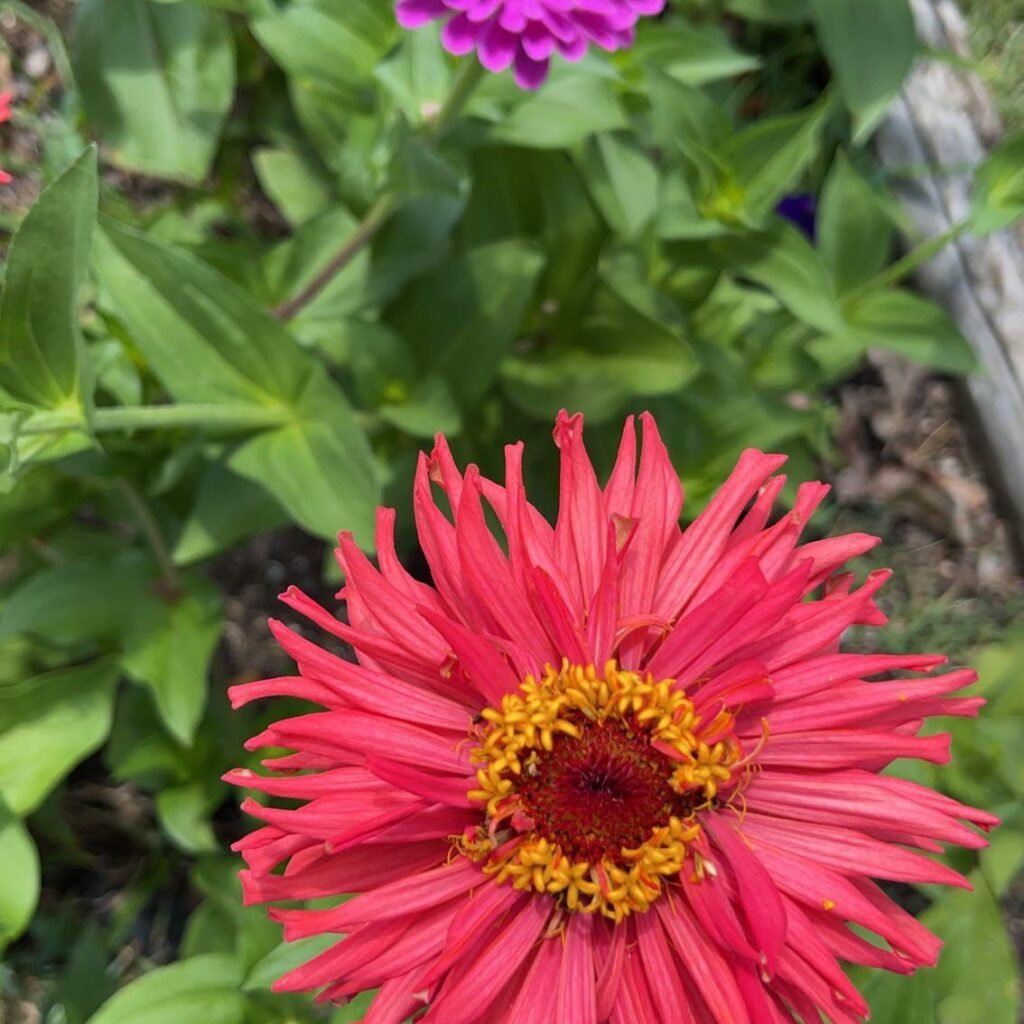
Zinnias are drought-tolerant but perform best with consistent moisture:
- Watering Frequency: Deep watering once or twice a week is better than light daily watering.
- Avoid Wet Foliage: Water at the base to prevent leaf diseases like powdery mildew.
- Mulching: Apply a 2–3 inch layer of organic mulch around plants to retain soil moisture and regulate temperature.
Proper watering promotes healthy growth, longer flowering, and disease prevention.
6. Fertilization for Continuous Flowering
Balanced nutrition ensures vibrant blooms:
- Organic Fertilizers: Compost, aged manure, or fish emulsion provide steady nutrients and improve soil structure.
- Balanced NPK Fertilizers: 10-10-10 or similar ratios support foliage and flowering.
- Frequency: Fertilize every 4–6 weeks for continuous blooms.
- Avoid Over-Fertilization: Excess nitrogen encourages leaf growth at the expense of flowers.
Correct fertilization ensures robust plants that produce flowers consistently.
7. Deadheading and Pruning
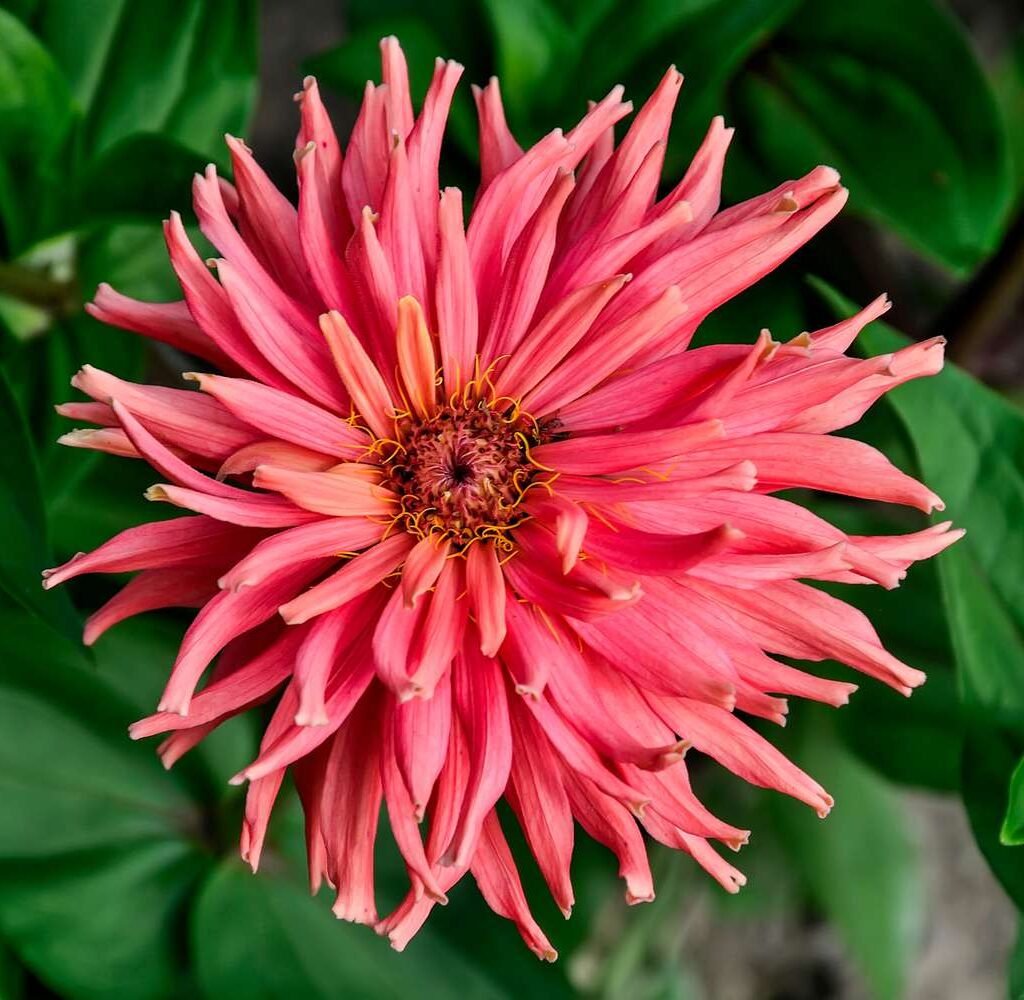
Removing spent flowers encourages new blooms:
- Deadheading: Cut off faded flowers at the base to stimulate growth.
- Pinching Young Plants: Pinch tips of seedlings to promote bushier growth and more flower stems.
- Pruning Diseased or Damaged Stems: Keeps plants healthy and encourages continued flowering.
Regular deadheading is critical for sustained, vibrant color.
8. Pest and Disease Management
Zinnias are generally hardy but susceptible to some pests and diseases:
- Common Pests: Aphids, spider mites, and Japanese beetles.
- Diseases: Powdery mildew, leaf spot, and bacterial wilt.
- Preventive Measures:
- Plant in full sun with good air circulation.
- Avoid overhead watering.
- Use organic insecticidal sprays or neem oil as needed.
- Rotate planting sites annually to reduce disease buildup.
Effective pest and disease management ensures healthy plants that continue to bloom.
9. Companion Planting for Extended Color
Zinnias pair well with other flowers to extend color and bloom cycles:
- Marigolds and Cosmos: Provide complementary colors and attract pollinators.
- Salvia and Sunflowers: Tall companions add height and contrast.
- Edible Plants: Herbs like basil and thyme can protect zinnias from pests while enhancing garden aroma.
Companion planting creates a vibrant, visually cohesive garden with extended seasonal appeal.
10. Environmental Factors for Continuous Bloom
To maximize flowering, consider environmental conditions:
- Sunlight Exposure: Insufficient sunlight reduces flower production.
- Temperature: Zinnias thrive in warm temperatures (70–85°F). Avoid planting too early in cool soil.
- Air Circulation: Proper spacing reduces humidity and fungal diseases.
- Soil Quality: Maintain fertility with organic matter and periodic fertilization.
Optimizing the environment ensures healthy, long-lasting blooms.
11. Seasonal Care for Extended Color
- Early Summer: Plant new seeds and fertilize existing plants to kickstart flowering.
- Mid-Summer: Deadhead regularly and water deeply to maintain blooms.
- Late Summer: Introduce succession planting and fertilize lightly to prolong flowering.
- Autumn: Remove faded plants and collect seeds for next year.
Seasonal care practices maintain continuous color and garden vibrancy throughout the growing season.
12. Container Gardening Tips for Continuous Zinnia Color
Container planting provides flexibility for continuous blooms:
- Select Well-Draining Pots: Prevents root rot and promotes healthy growth.
- Use High-Quality Potting Mix: Enriched with compost or slow-release fertilizer.
- Regular Fertilization: Water-soluble fertilizers every 2–3 weeks support blooms.
- Sunlight: Move containers to ensure 6–8 hours of sun daily.
- Succession Planting in Containers: Replace faded plants with new seedlings for uninterrupted color.
Containers allow strategic planting and easier maintenance, ideal for balconies, patios, or small gardens.
13. Attracting Pollinators for Longer Bloom Periods
Zinnias attract butterflies, bees, and other pollinators:
- Pollinator activity encourages continuous flowering and seed production.
- Companion plants like milkweed or coneflower can enhance pollinator visits.
- Avoid broad-spectrum insecticides to protect beneficial insects.
Supporting pollinators boosts garden health and color longevity.
14. Conclusion
Growing zinnias for continuous color requires careful planning, proper plant selection, and consistent maintenance. By understanding their growth cycles, selecting varieties suited for your garden, preparing fertile soil, watering appropriately, fertilizing correctly, and practicing deadheading and pest management, gardeners can enjoy vibrant, long-lasting displays of zinnia blooms throughout summer and early fall.
Succession planting, companion planting, and container gardening techniques further enhance the duration and intensity of floral color. When combined with attention to environmental factors and seasonal care, these strategies ensure that your garden remains a cheerful, colorful oasis, attracting pollinators, pleasing the senses, and providing a reliable source of cut flowers for the home.
A well-planned zinnia garden transforms outdoor spaces into year-long spectacles of color, vibrancy, and life, proving that with proper care, continuous blooms are achievable for both novice and experienced gardeners alike.

